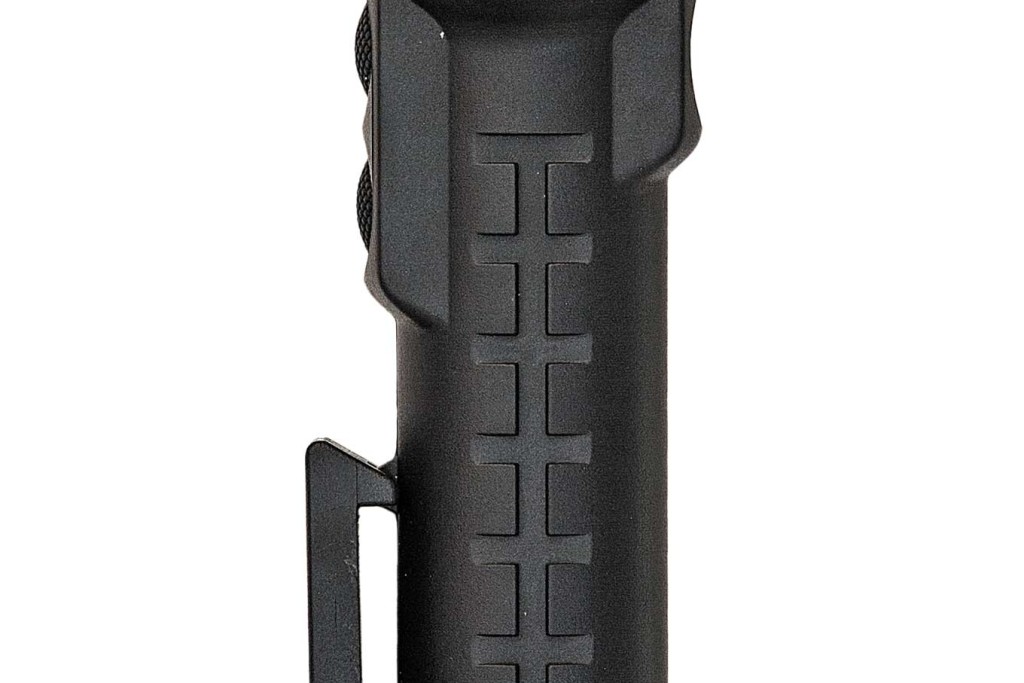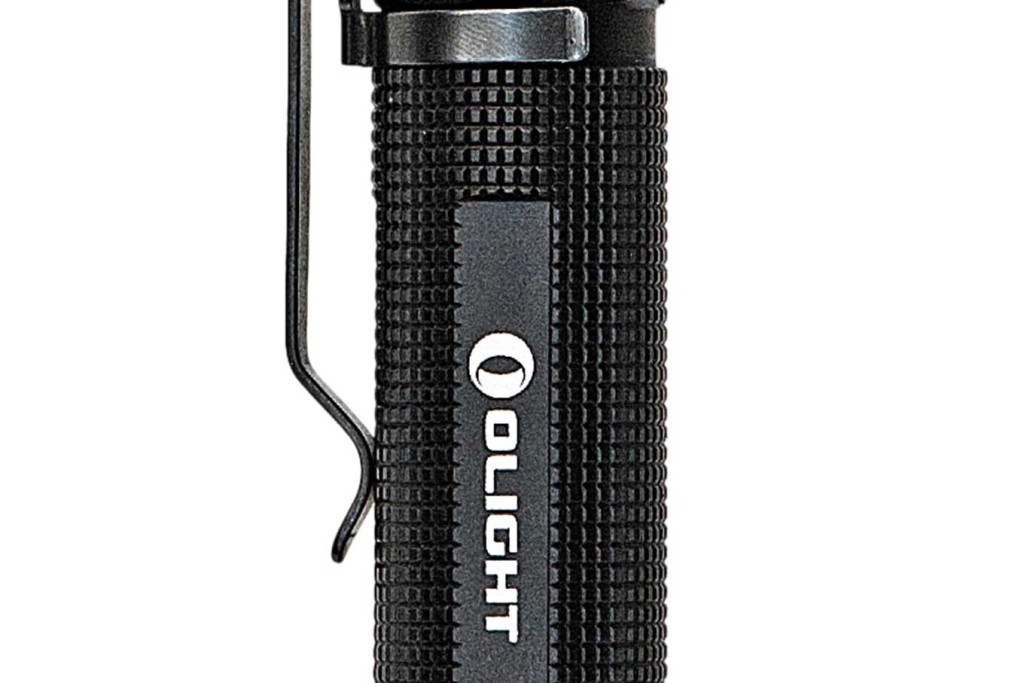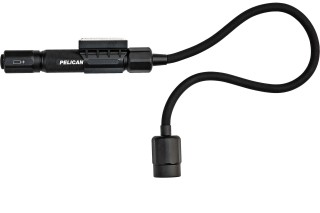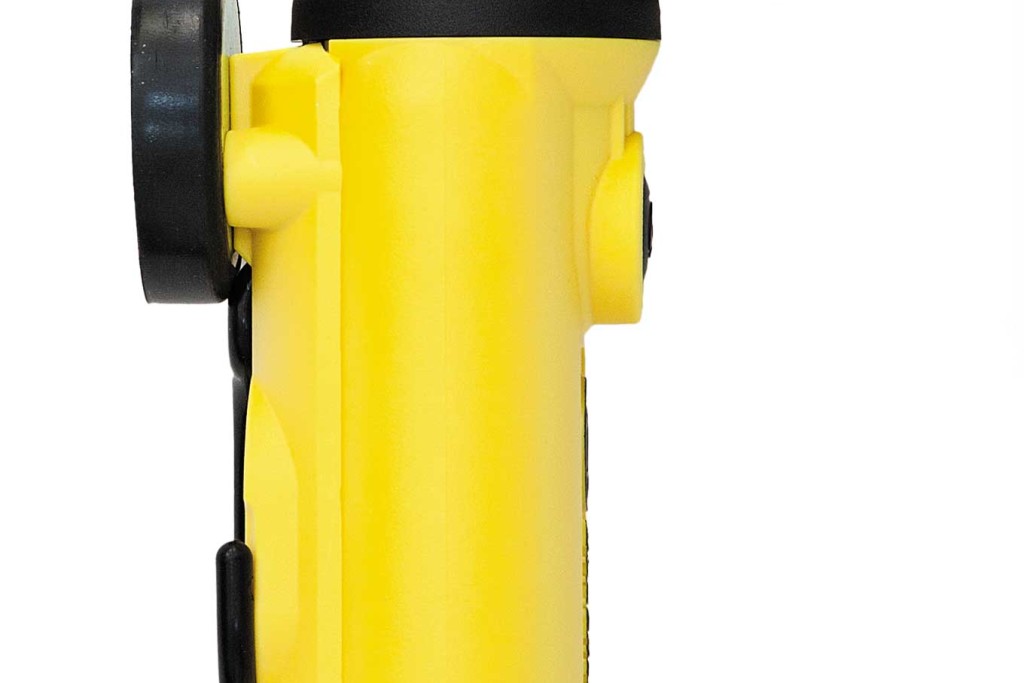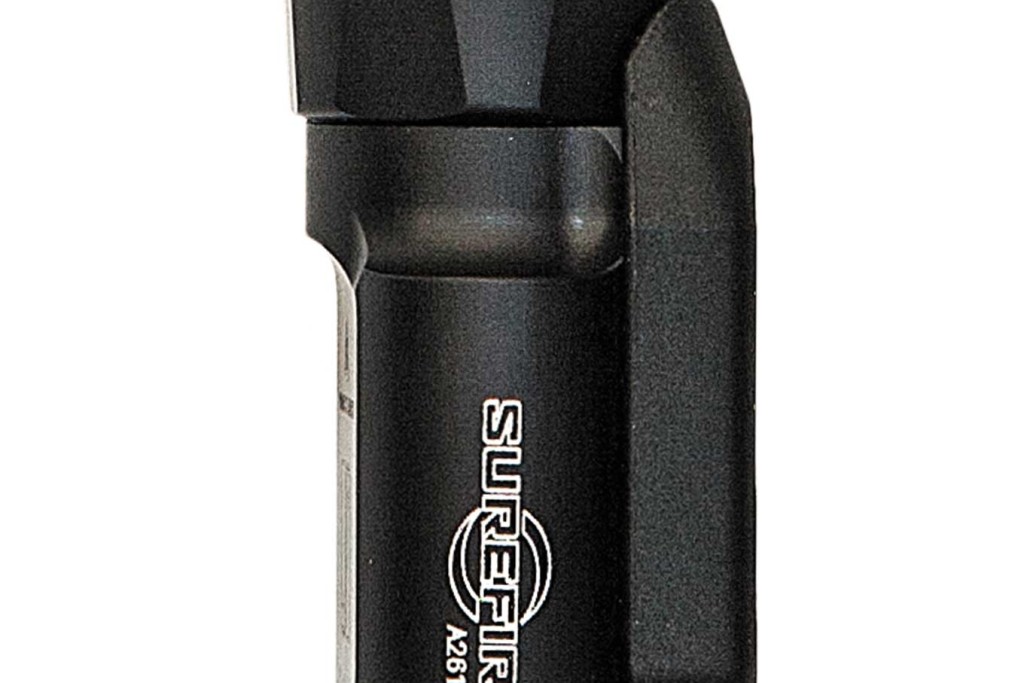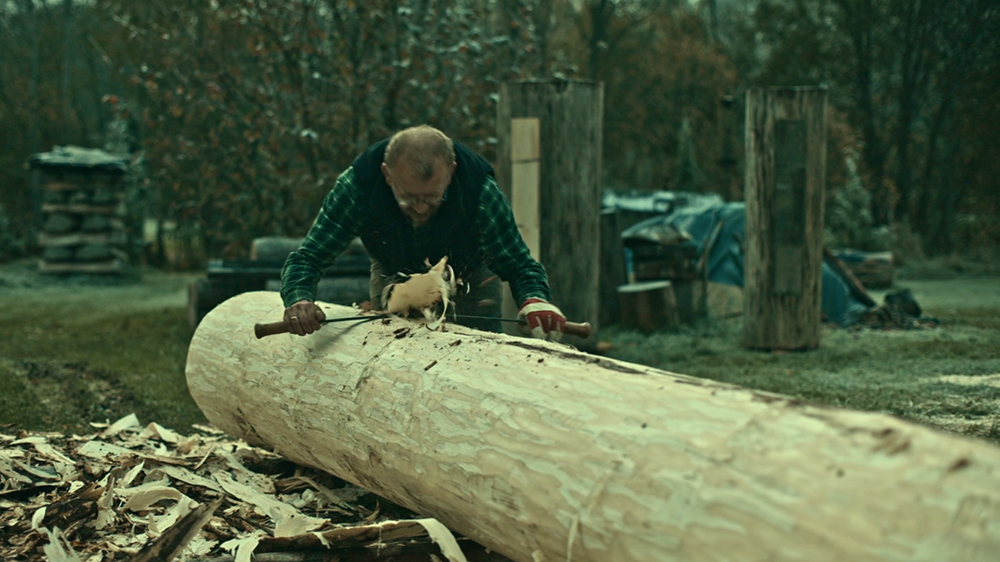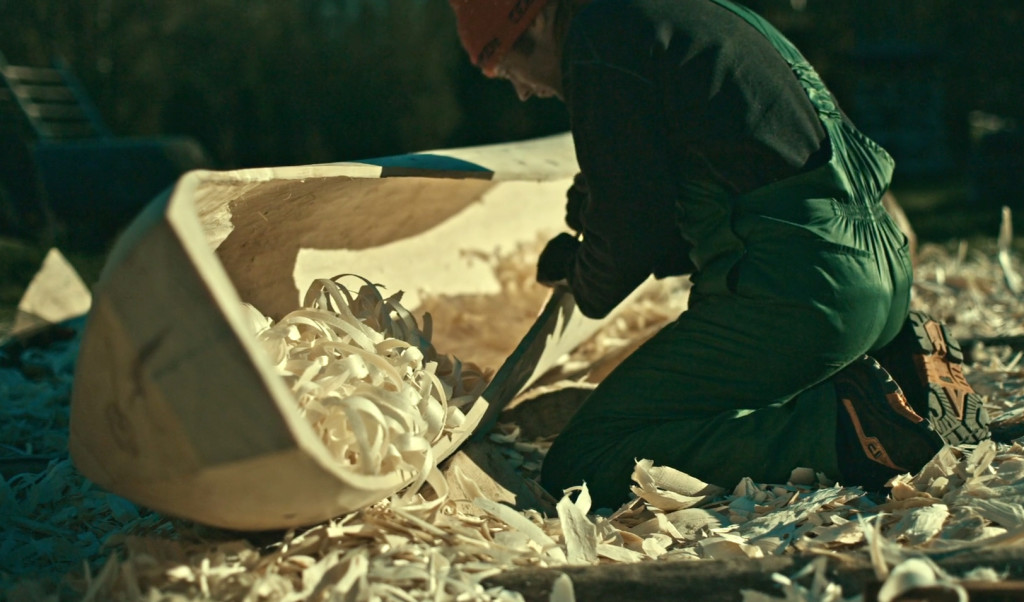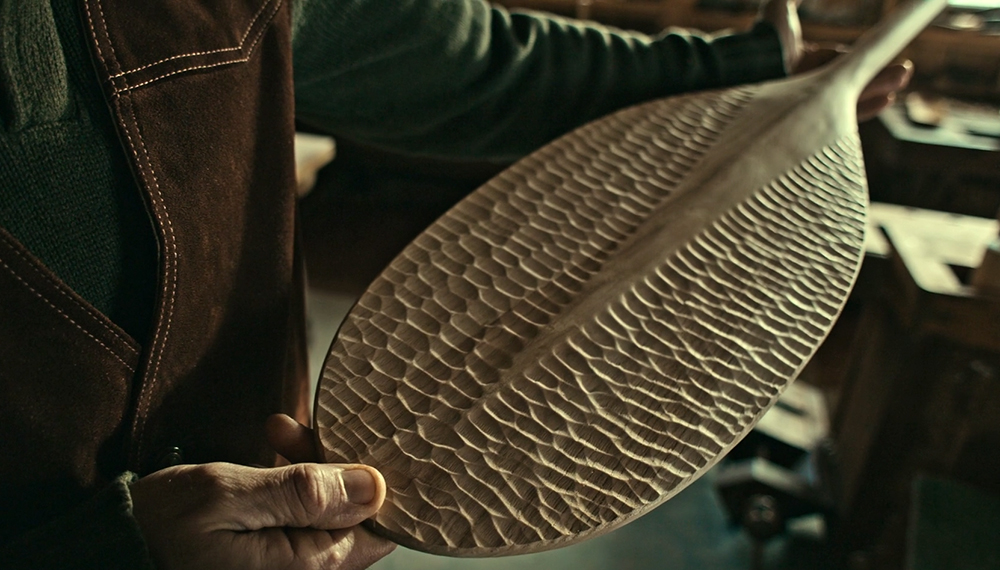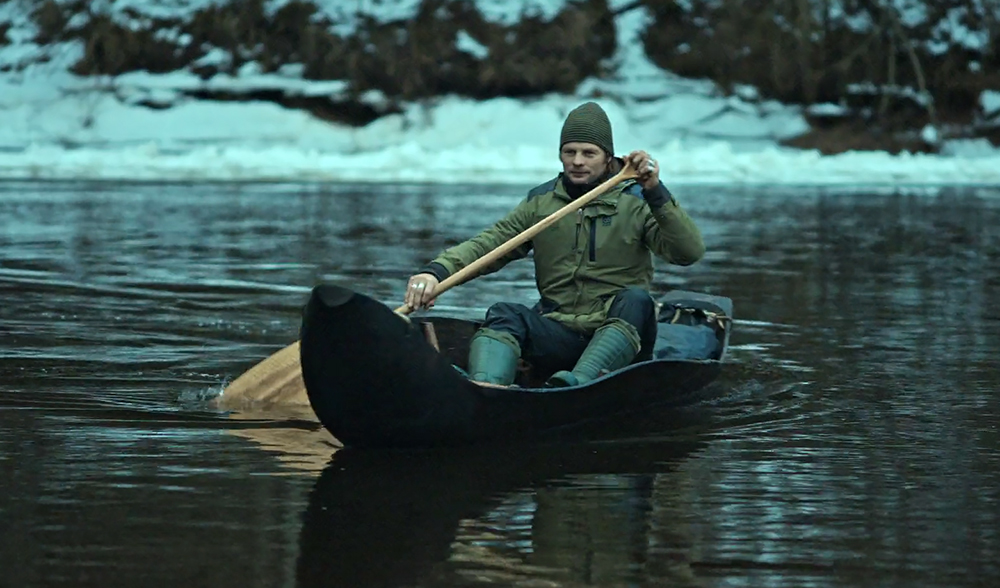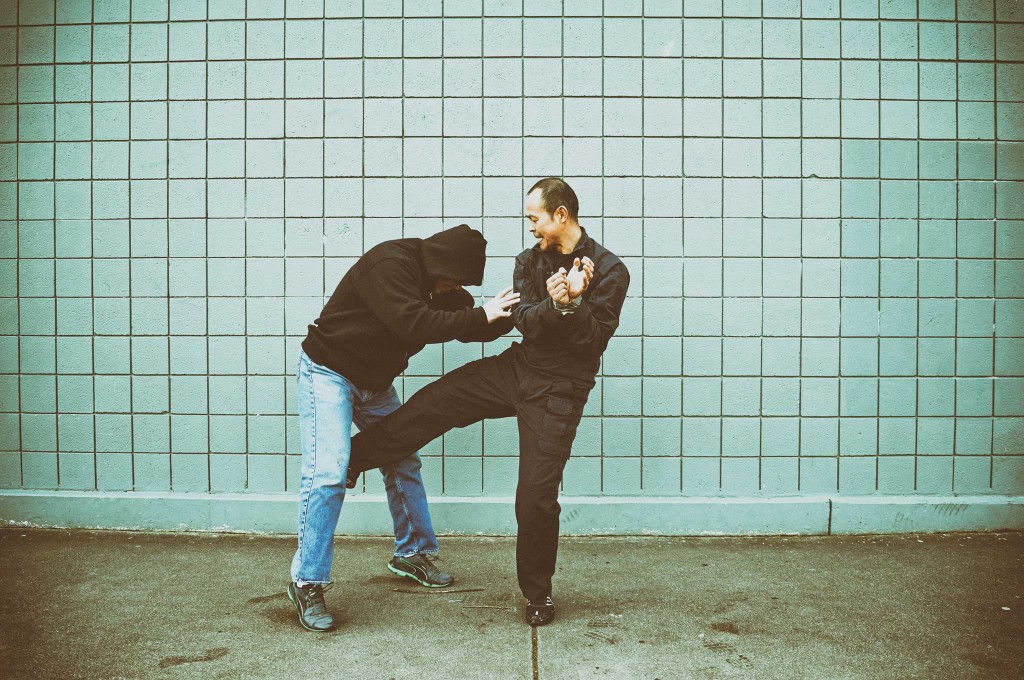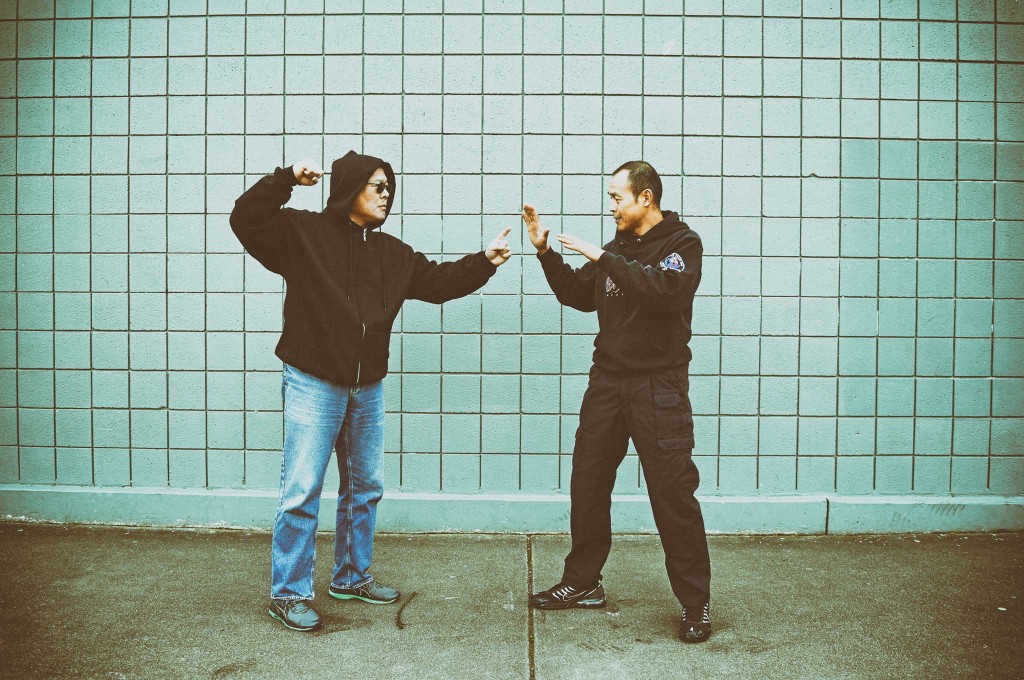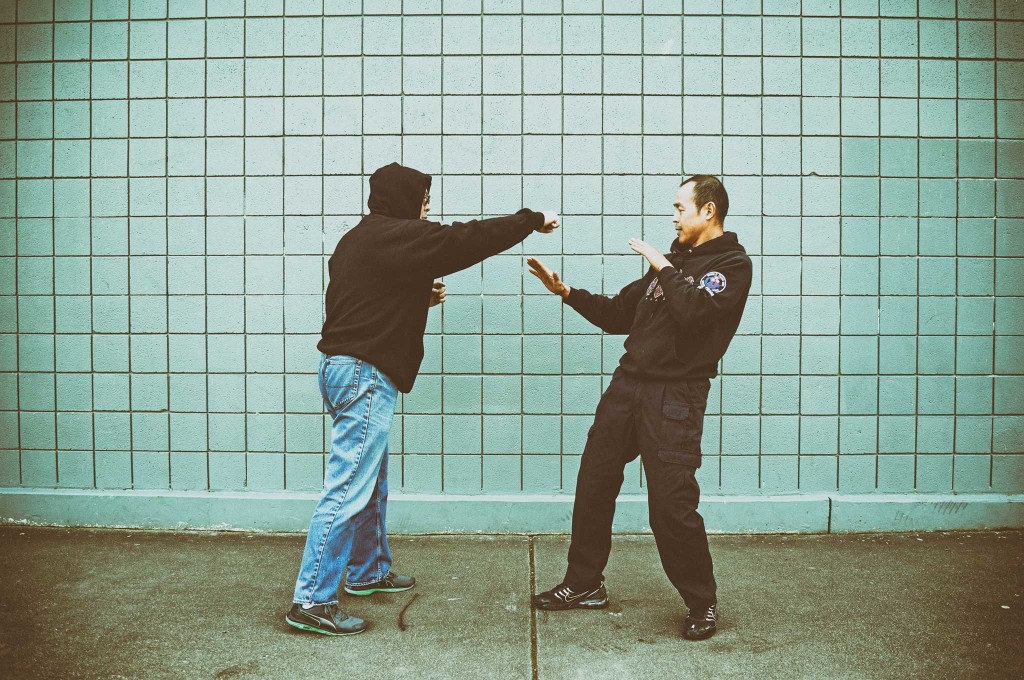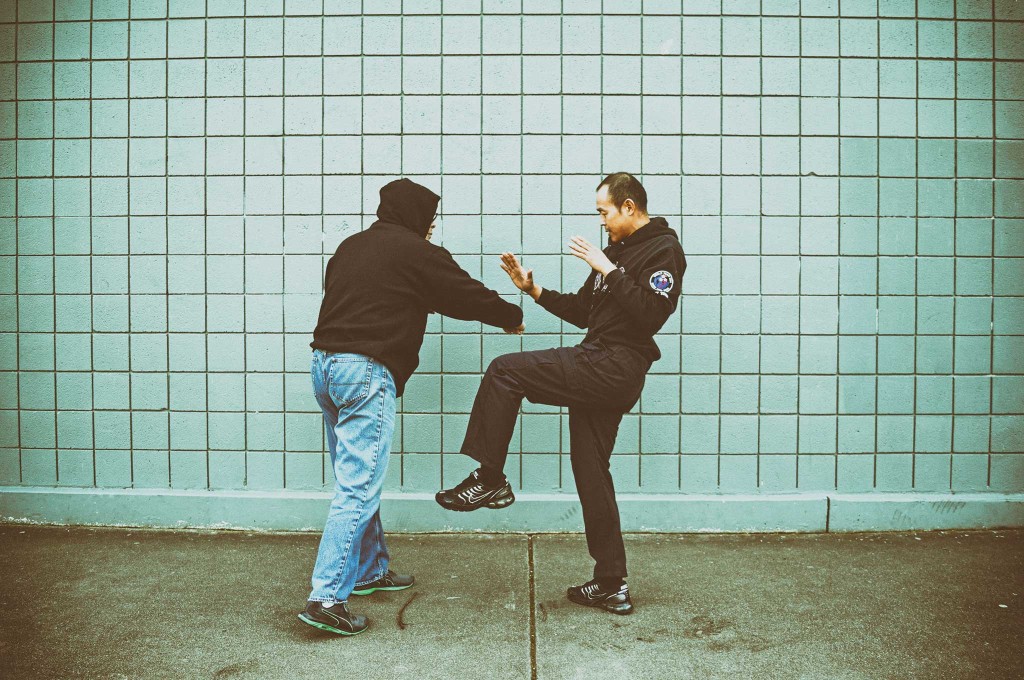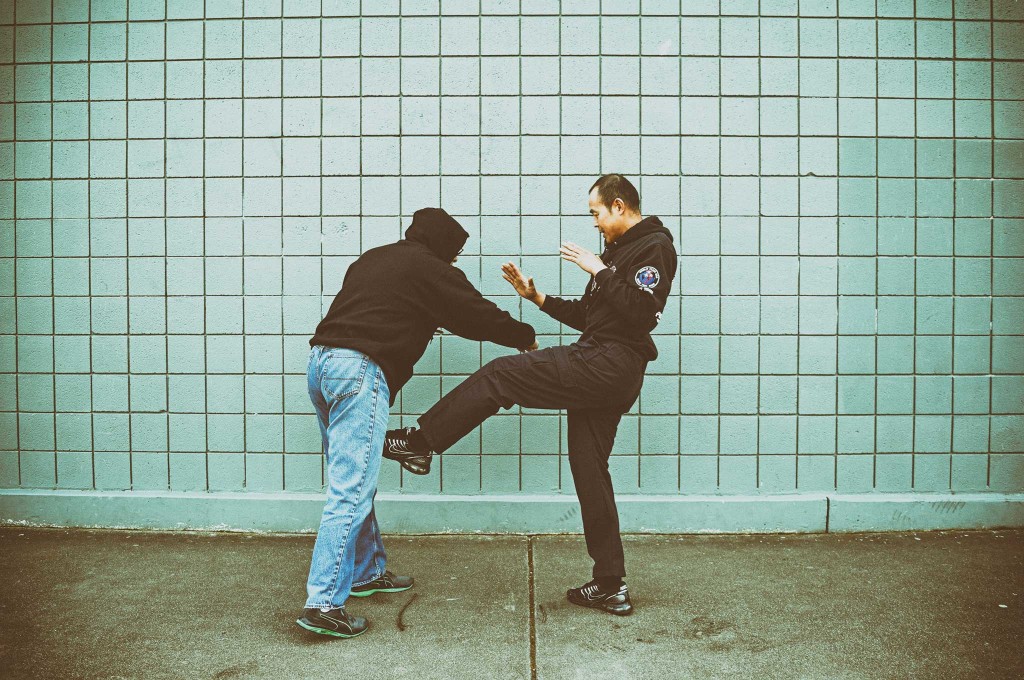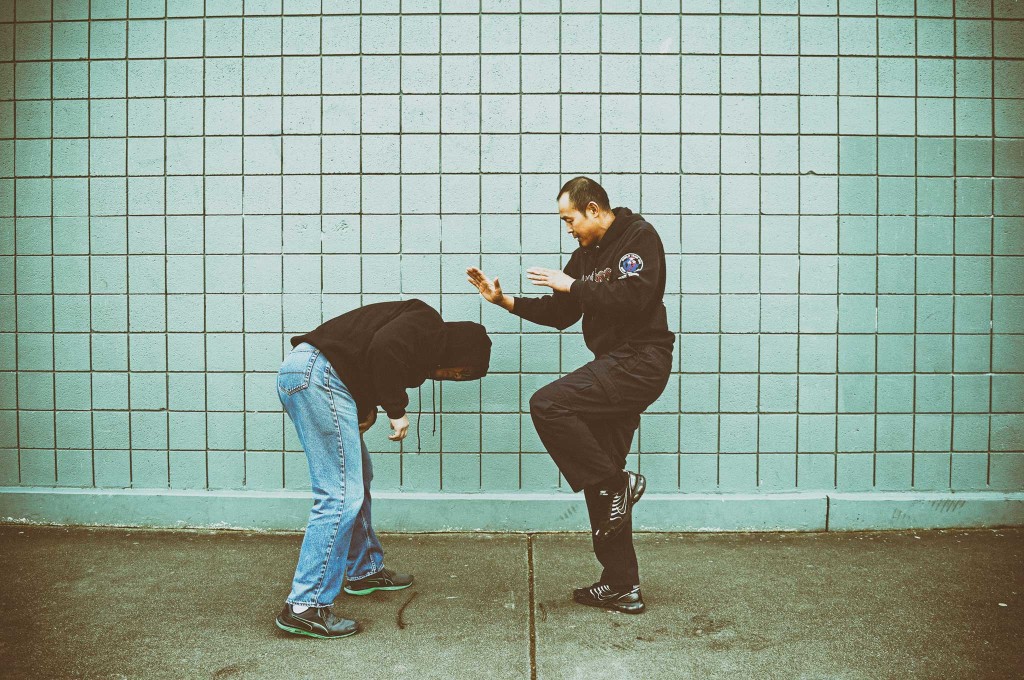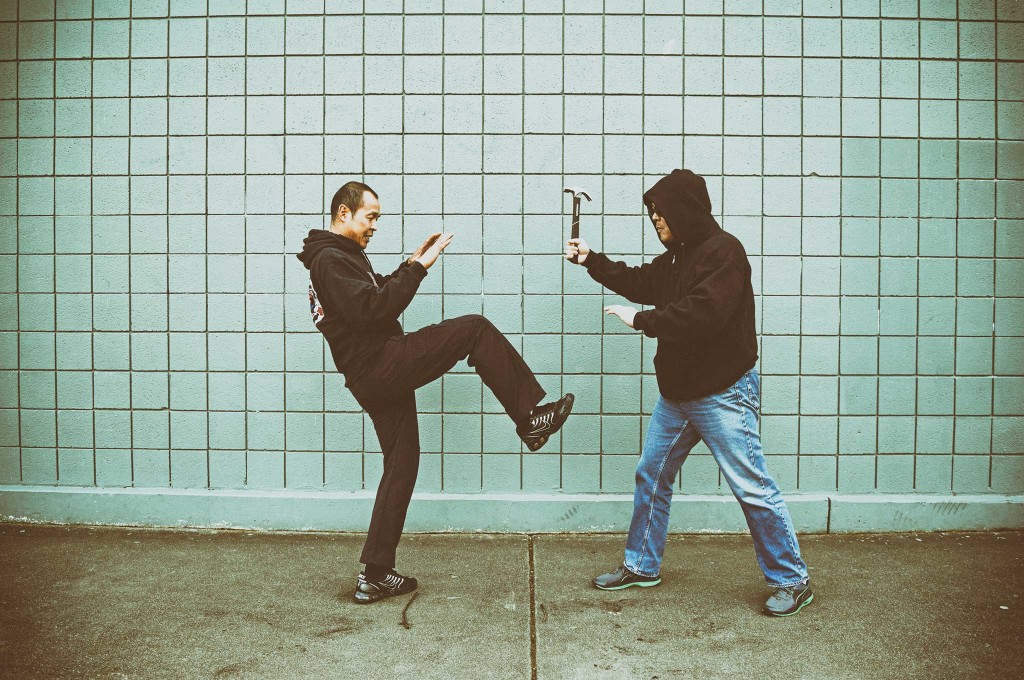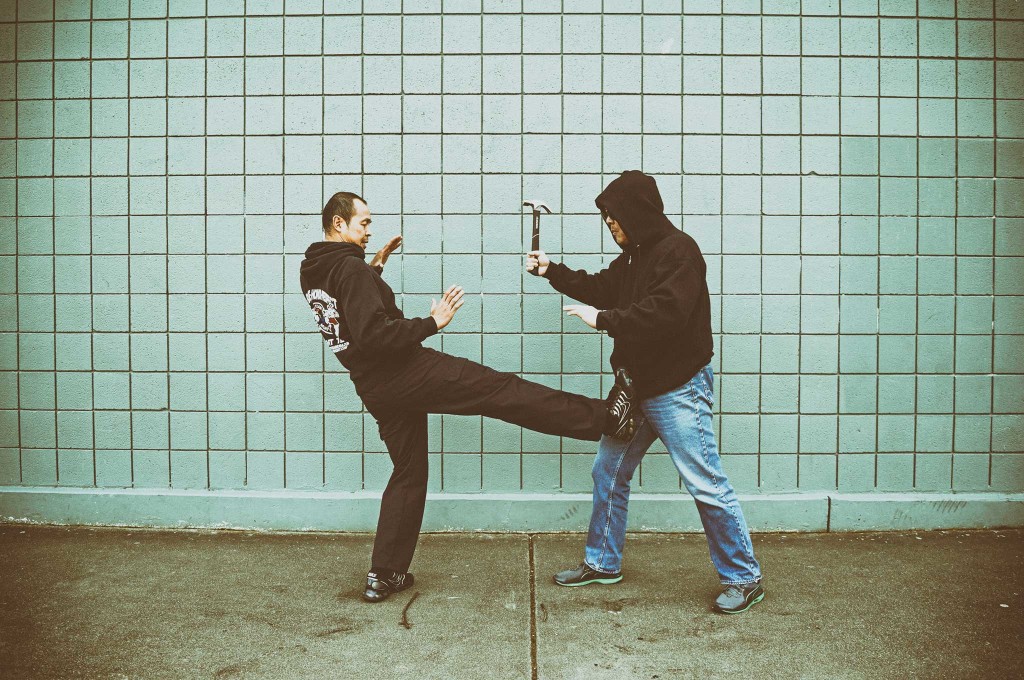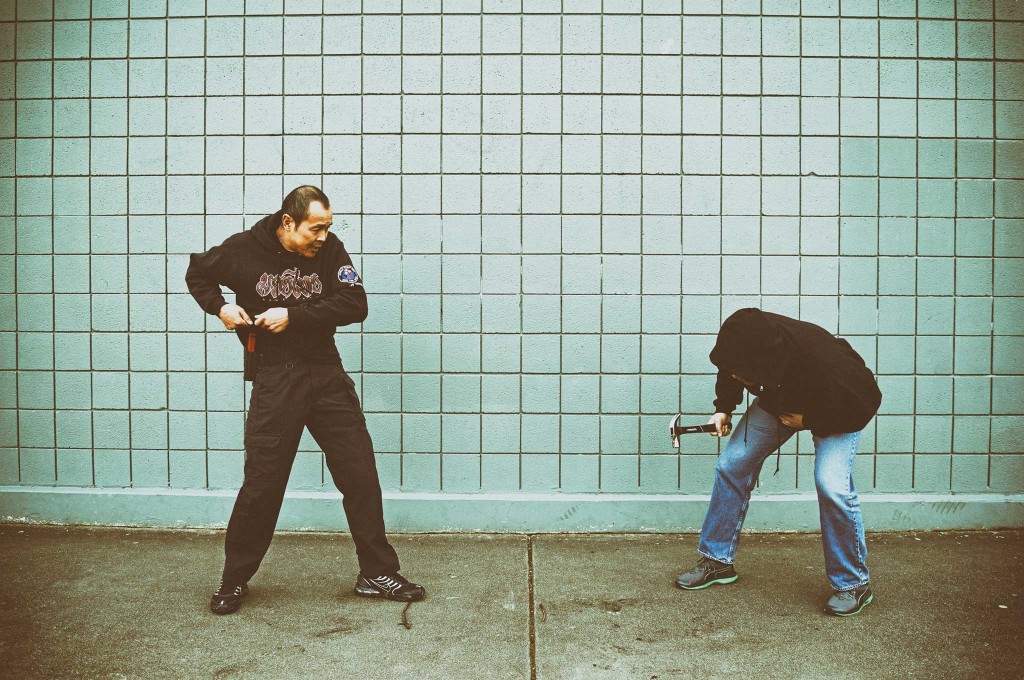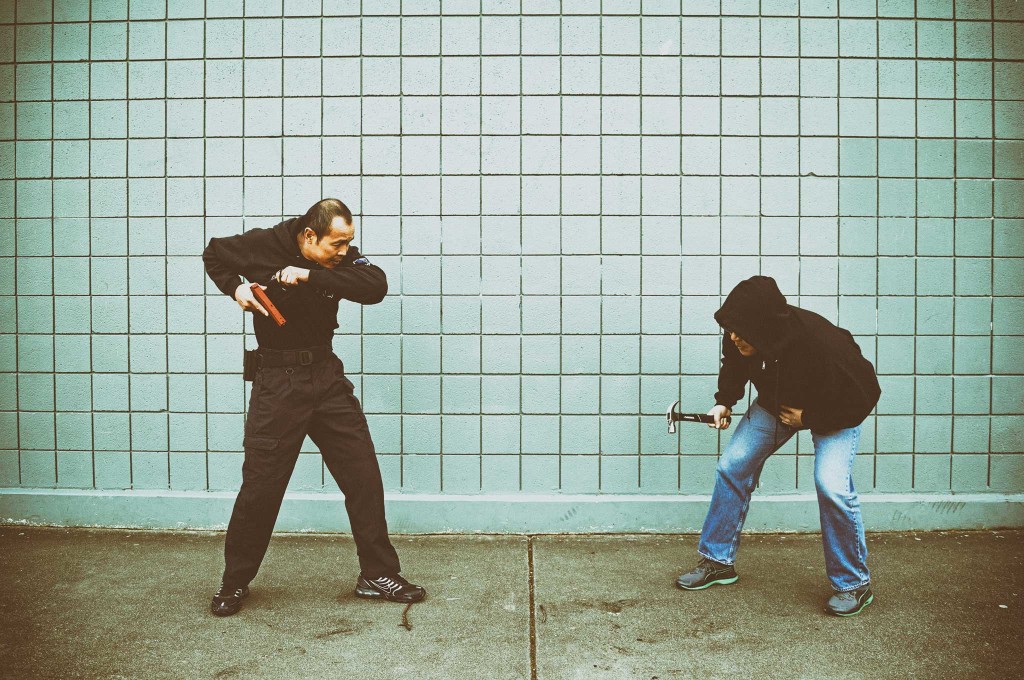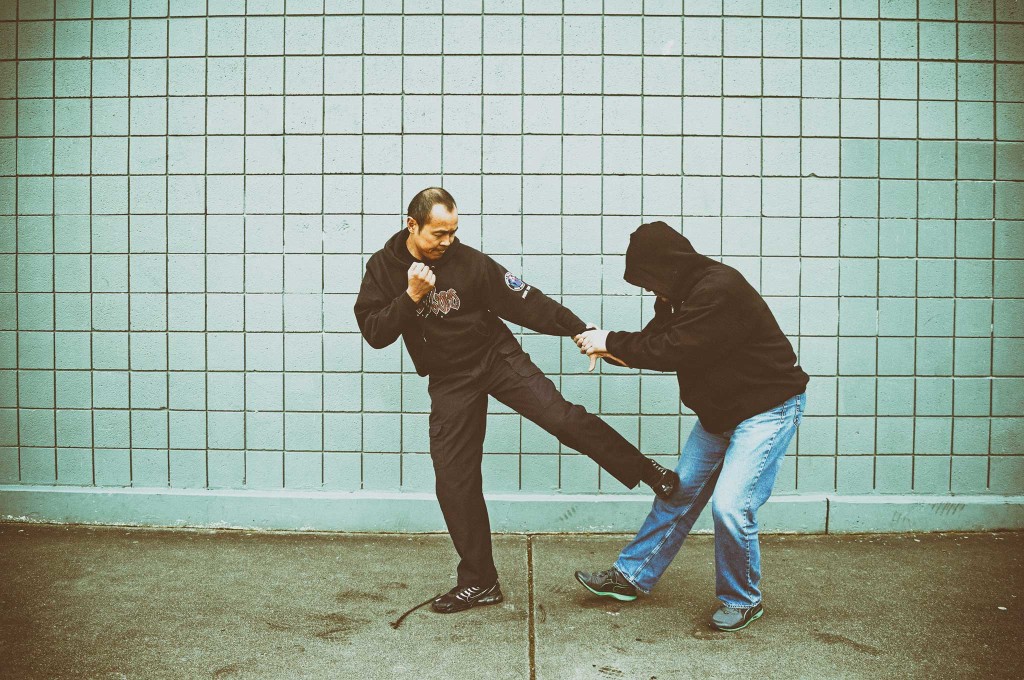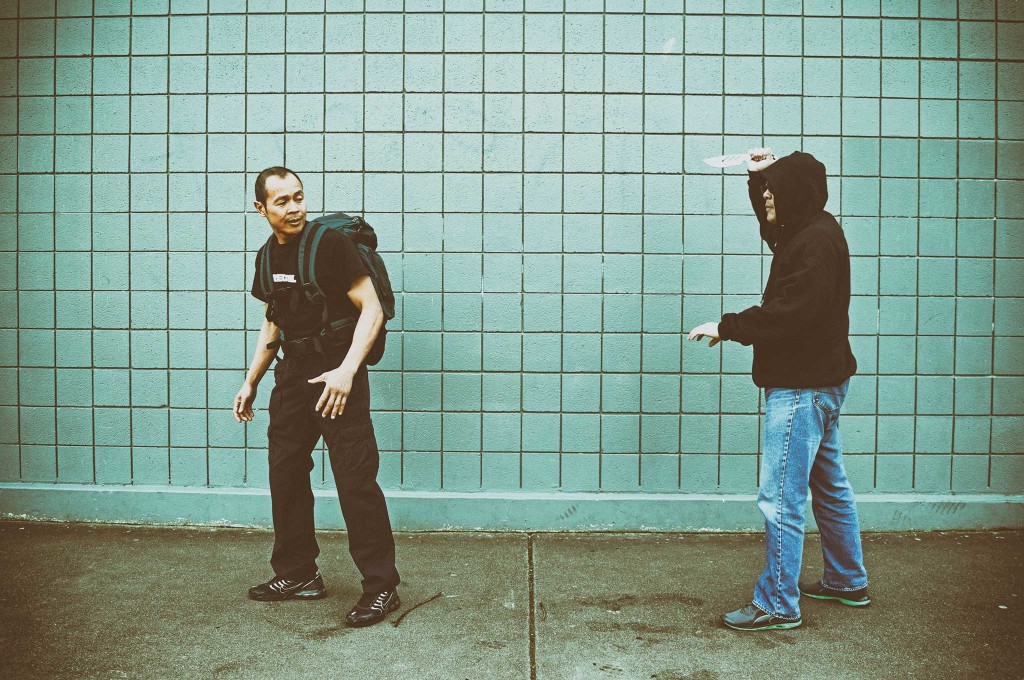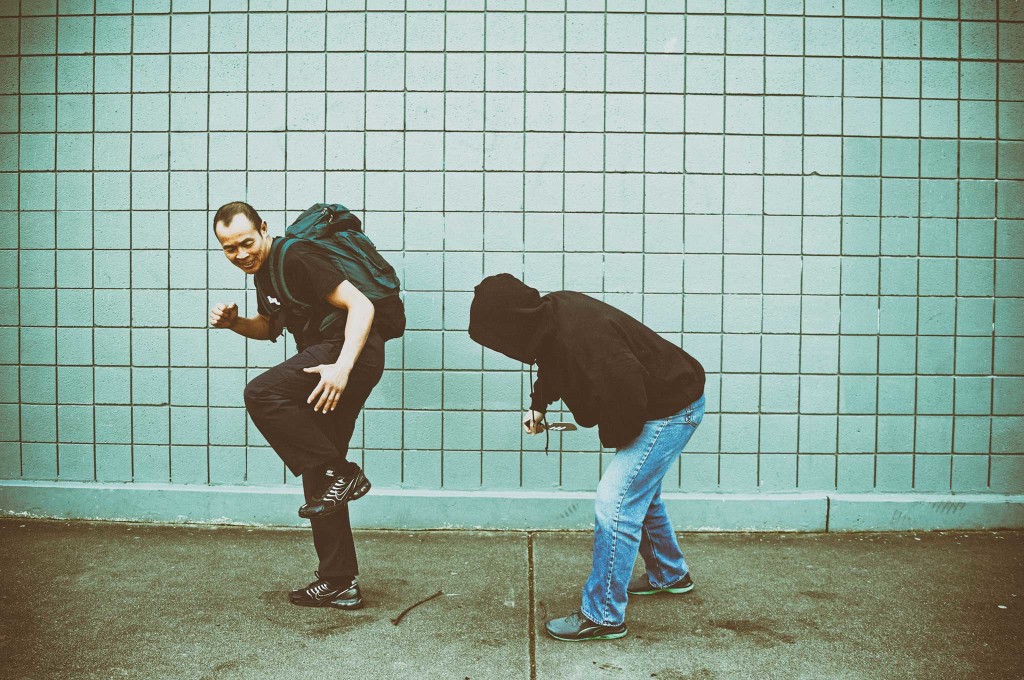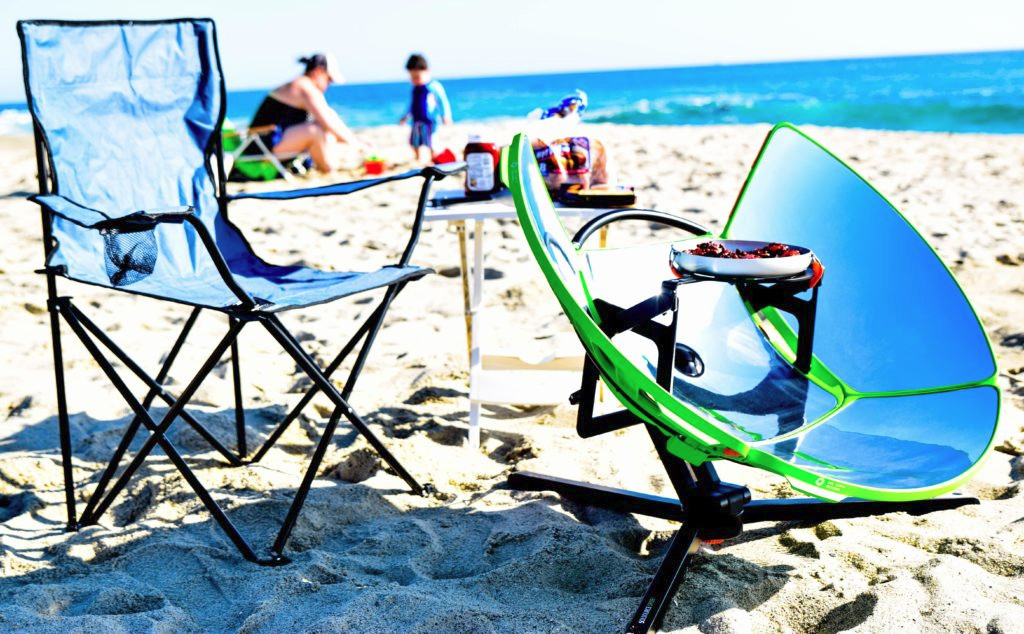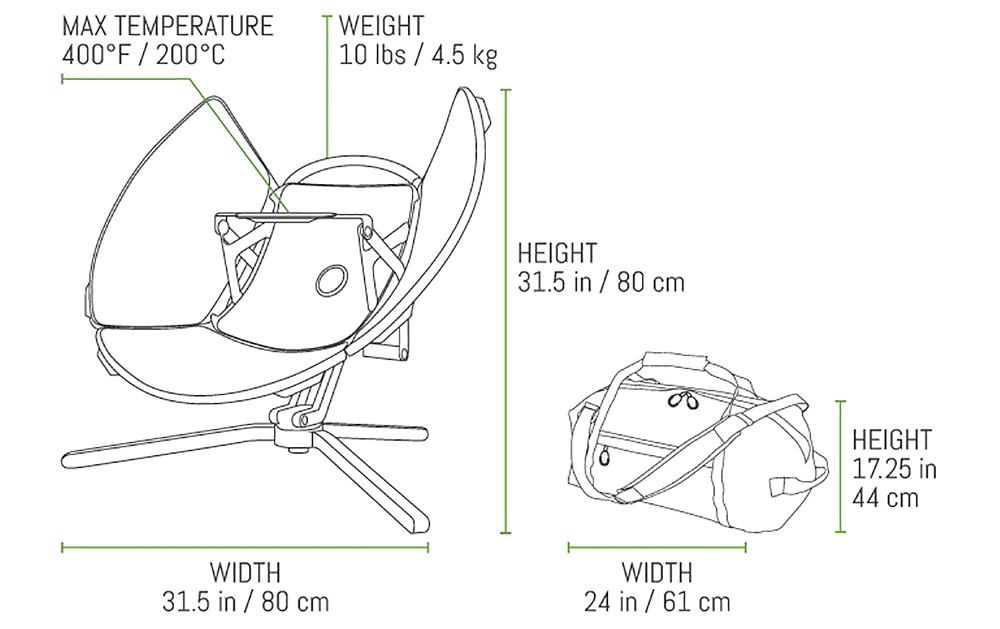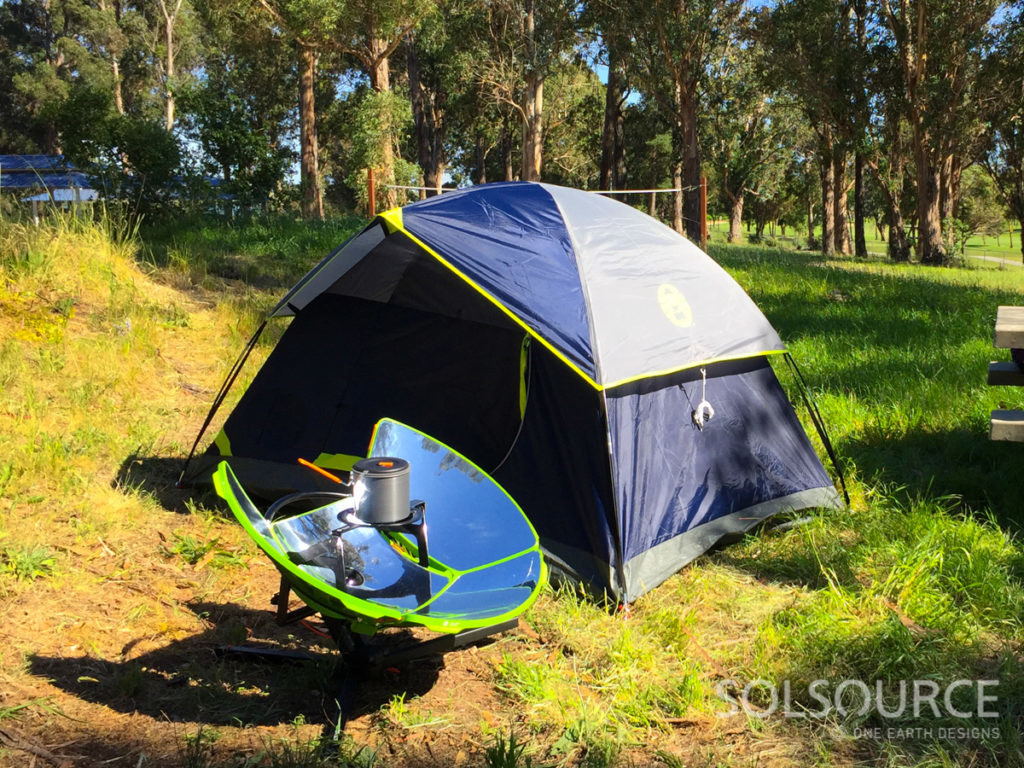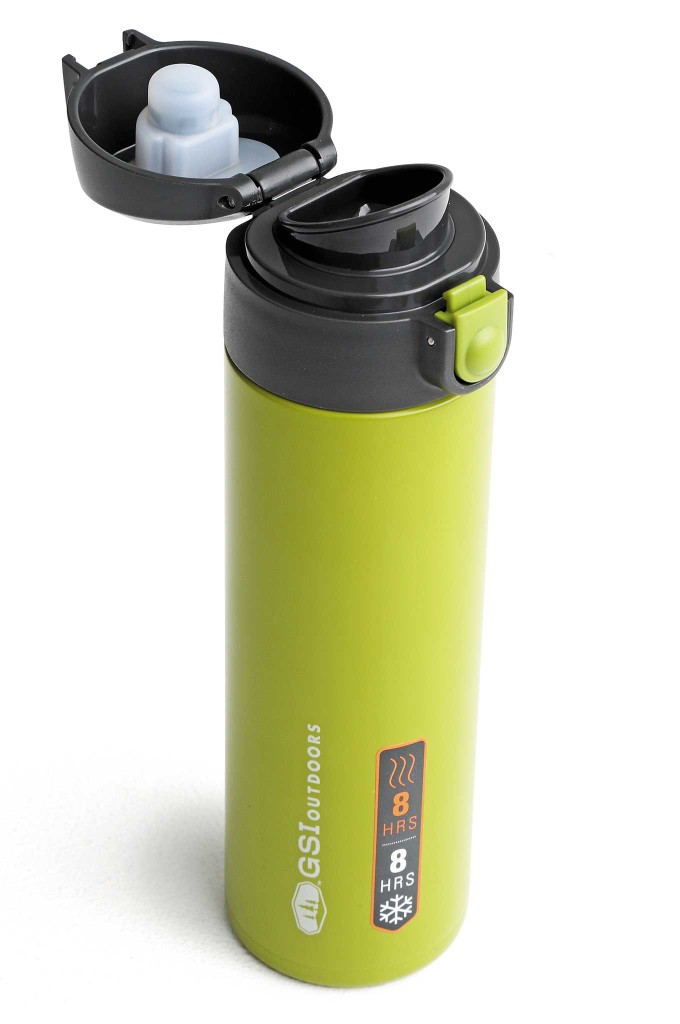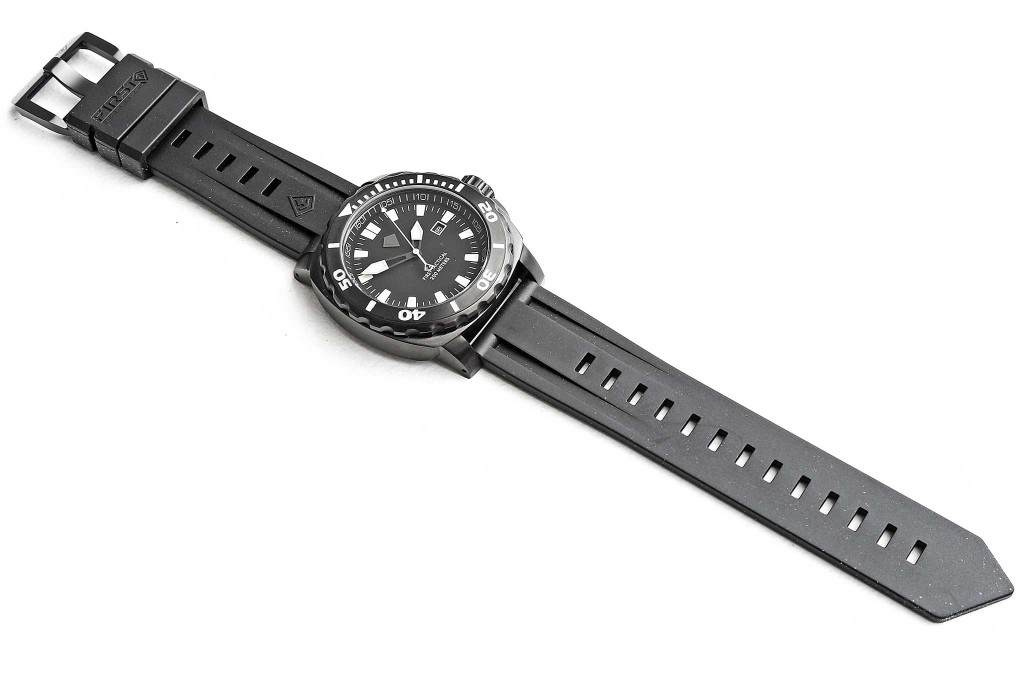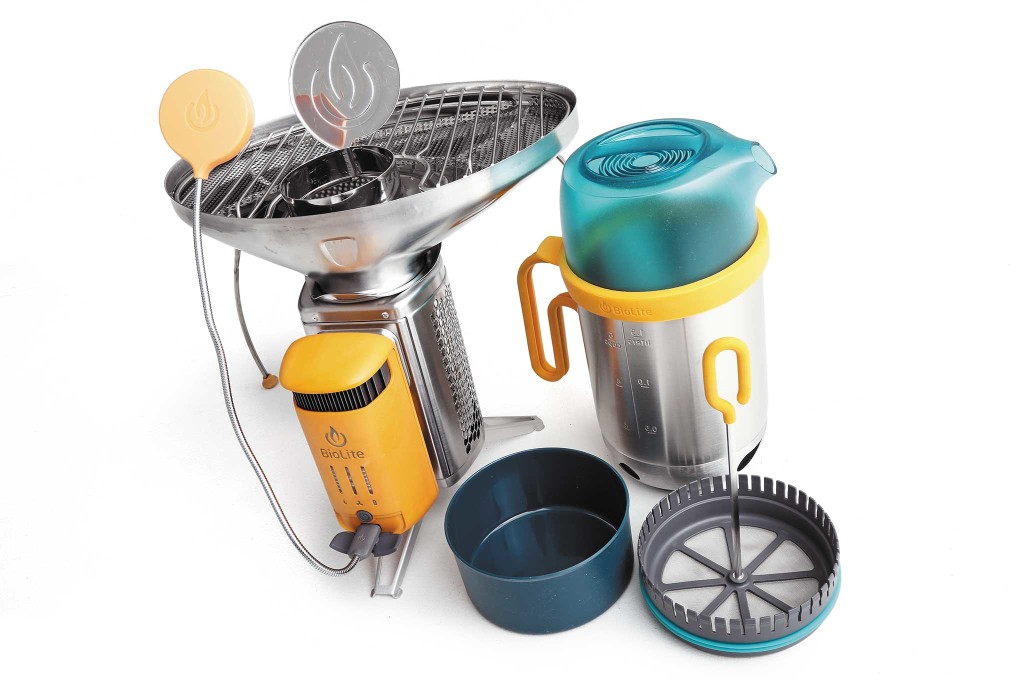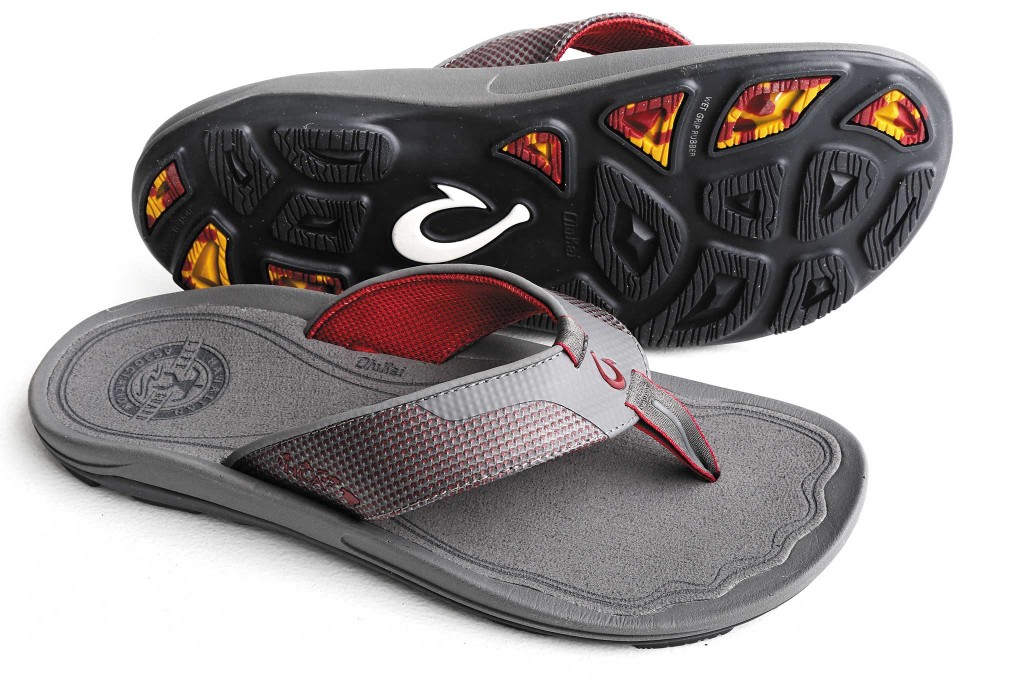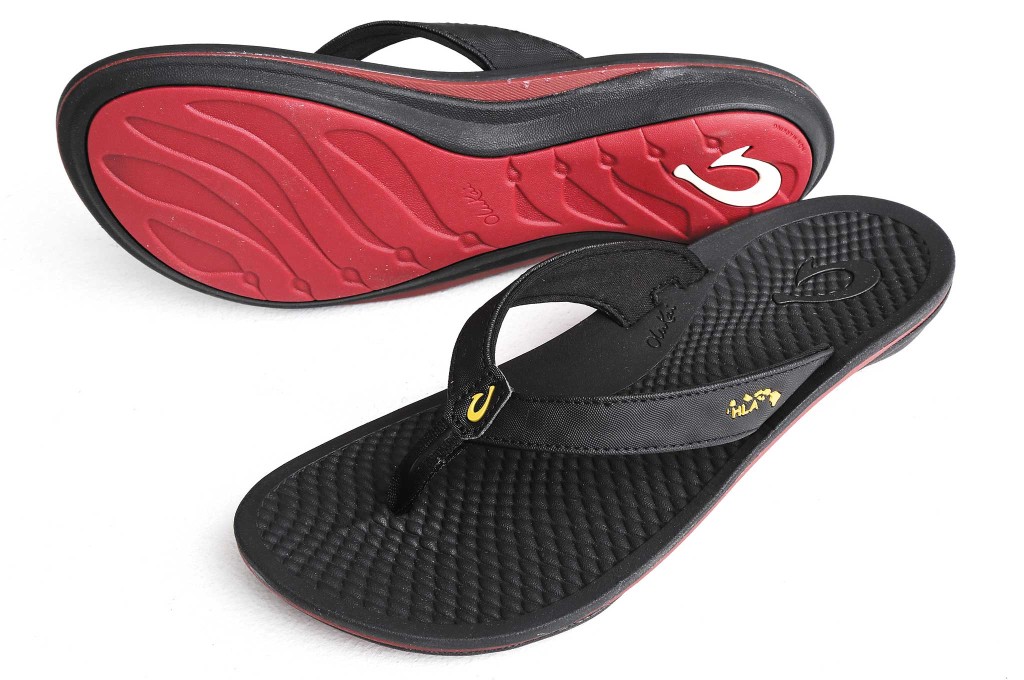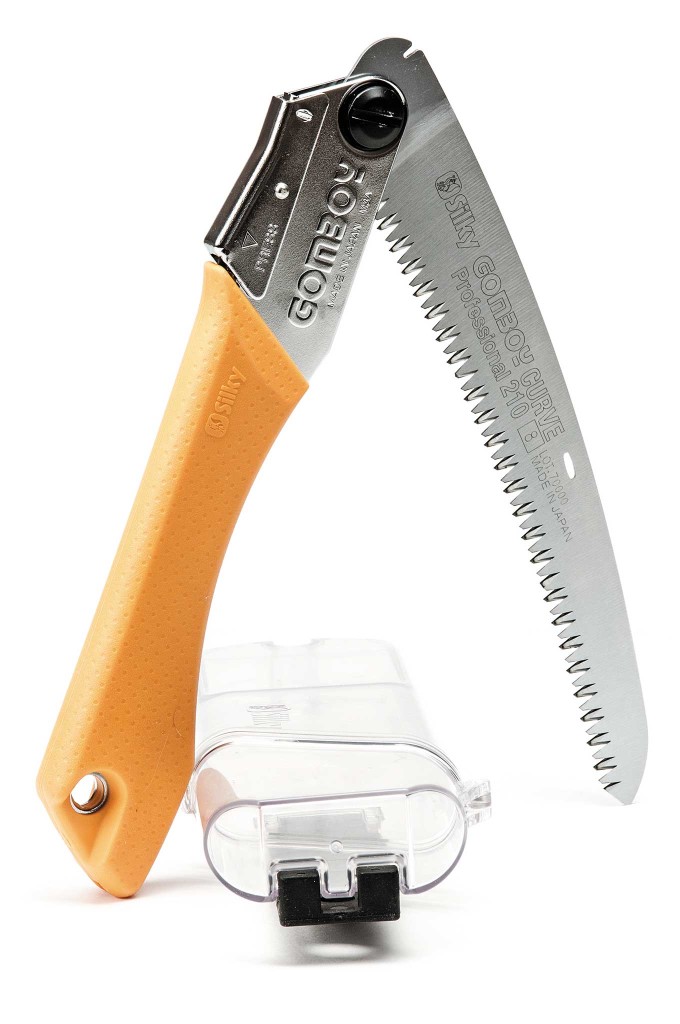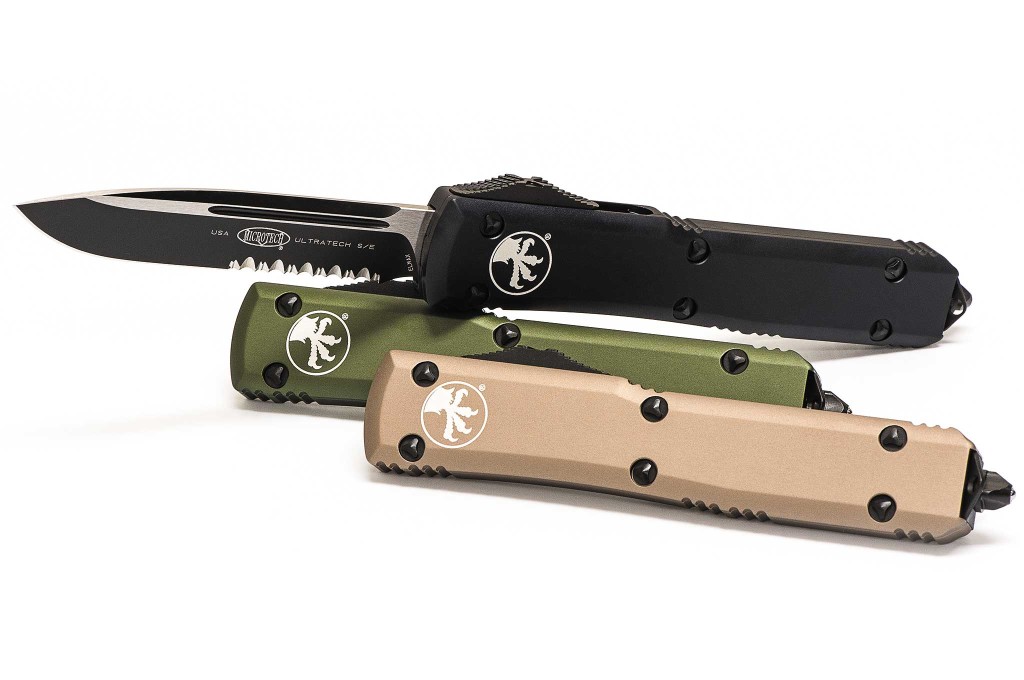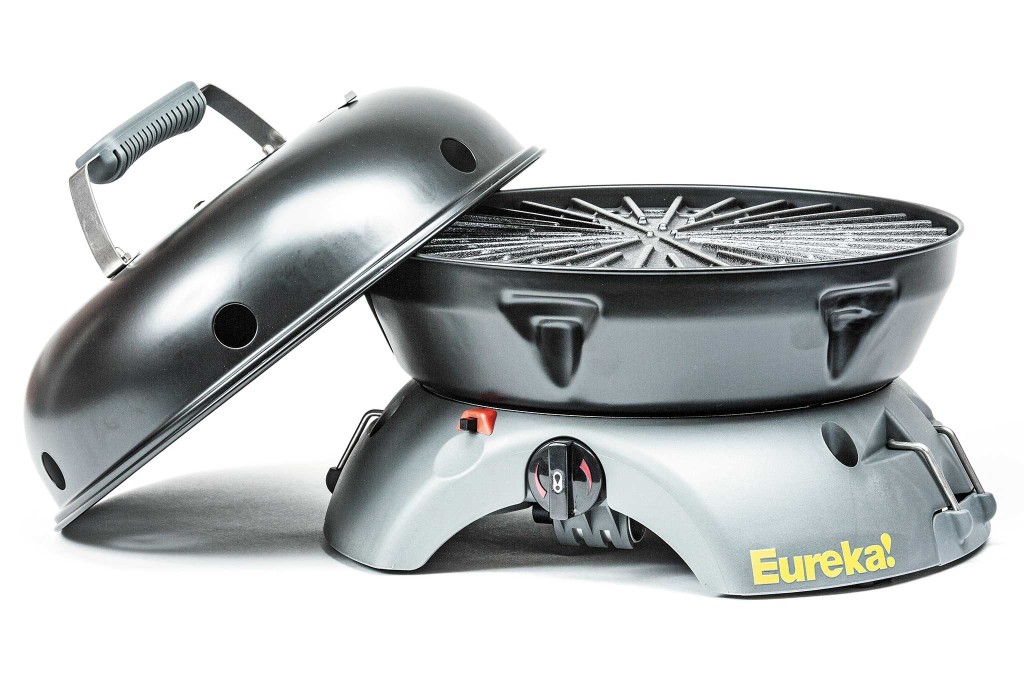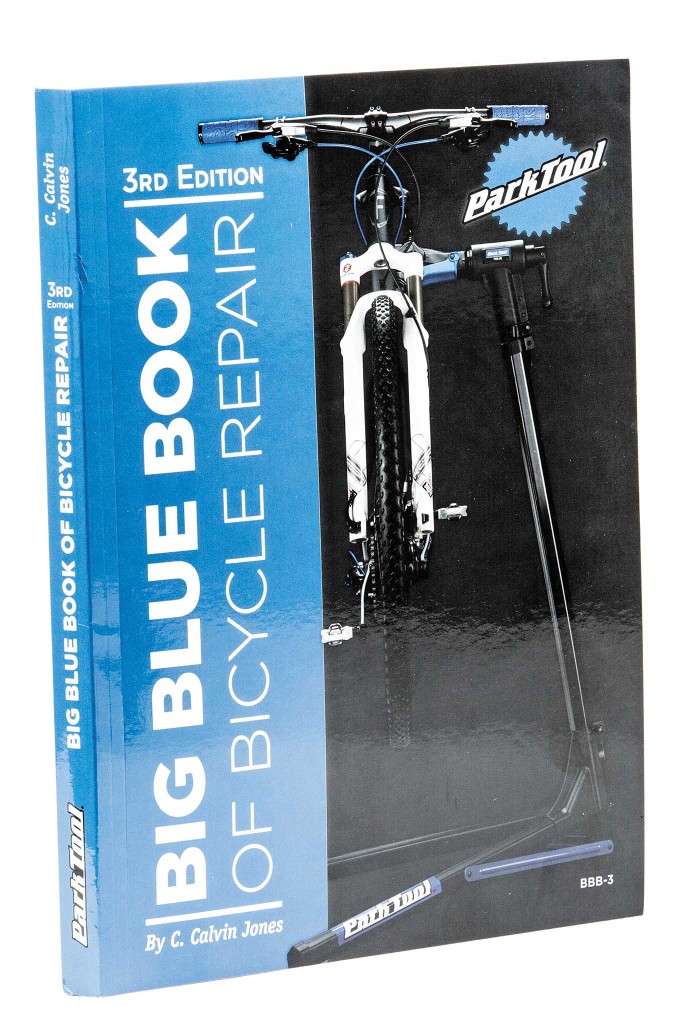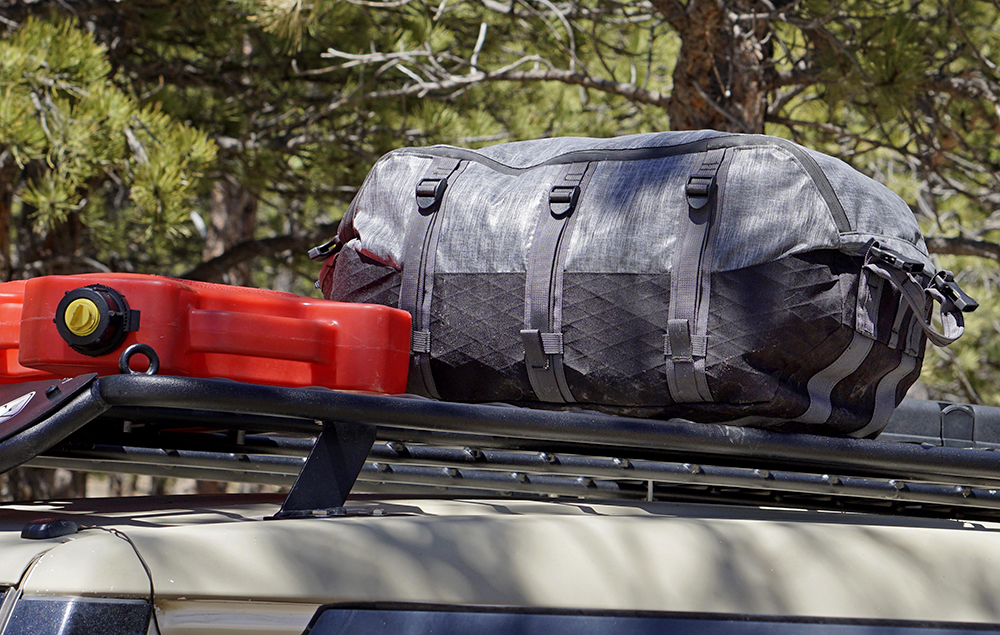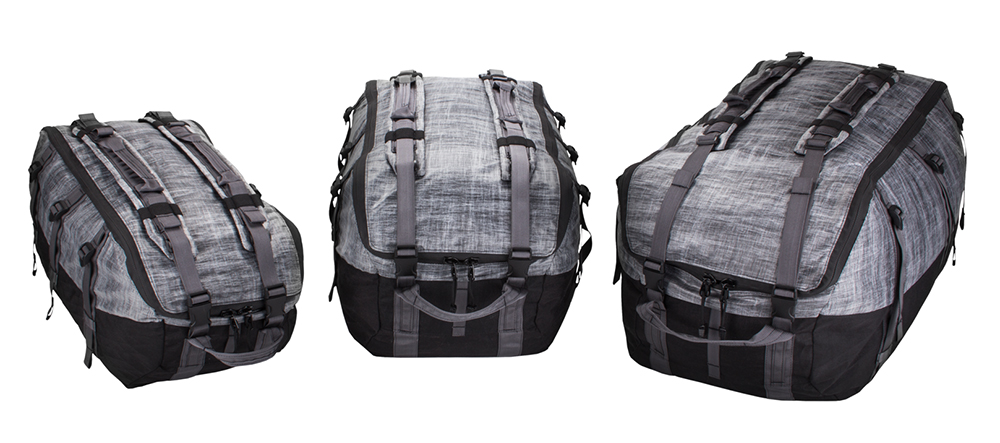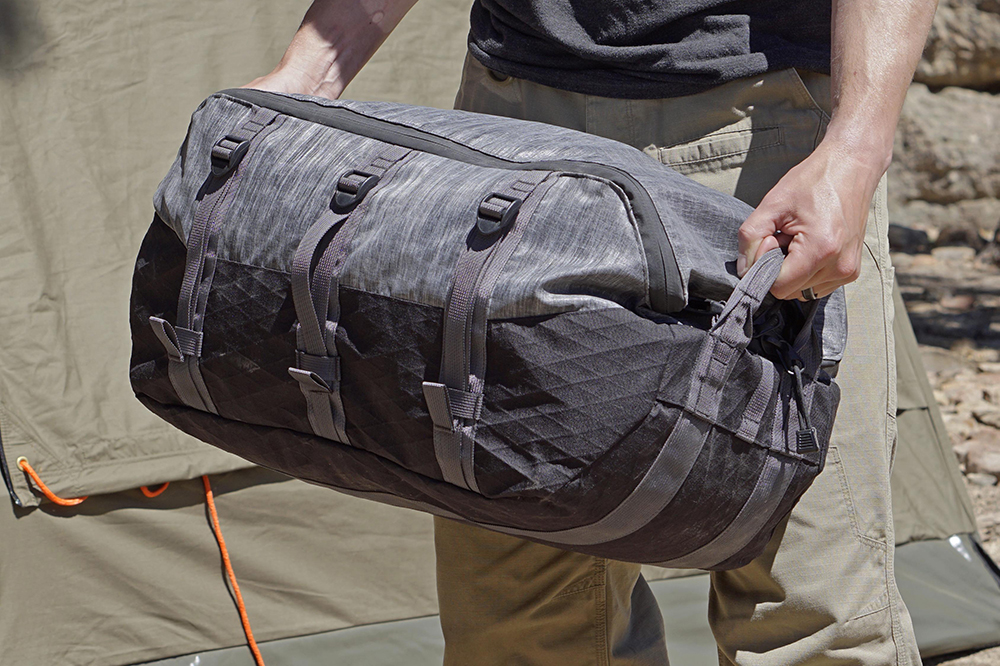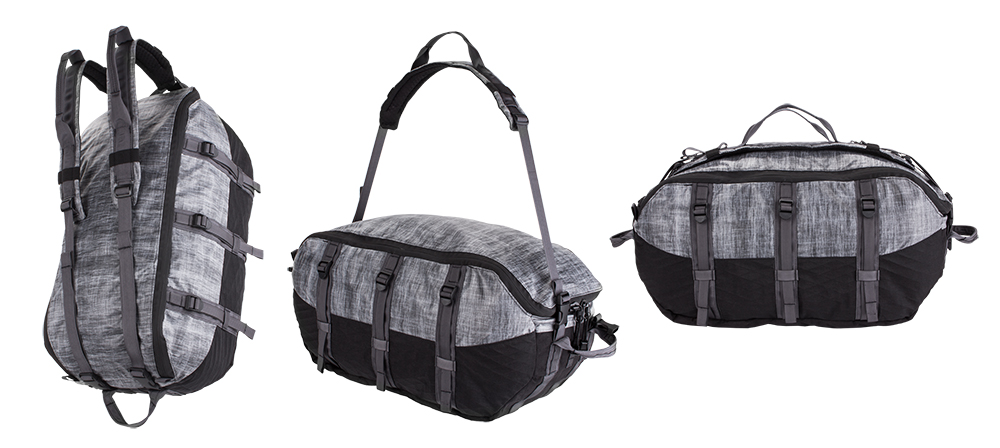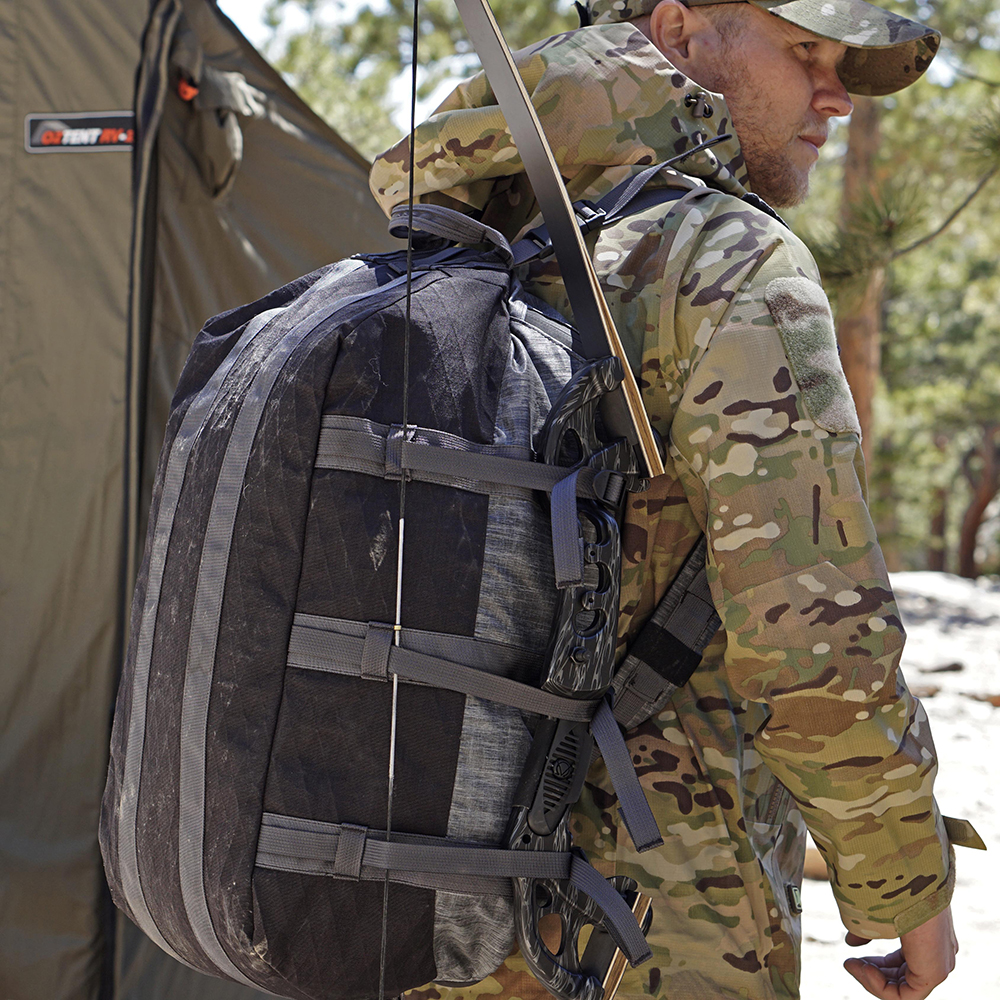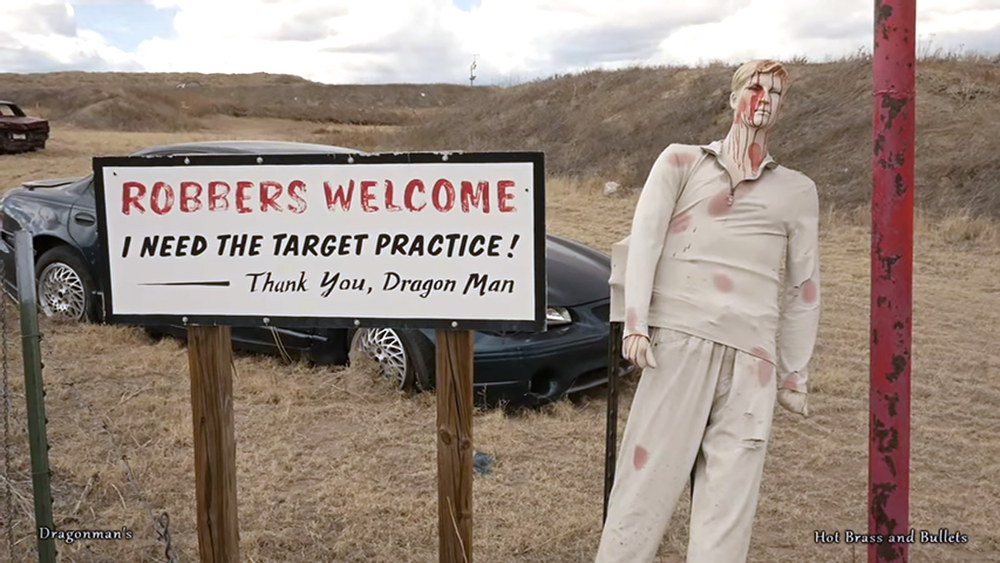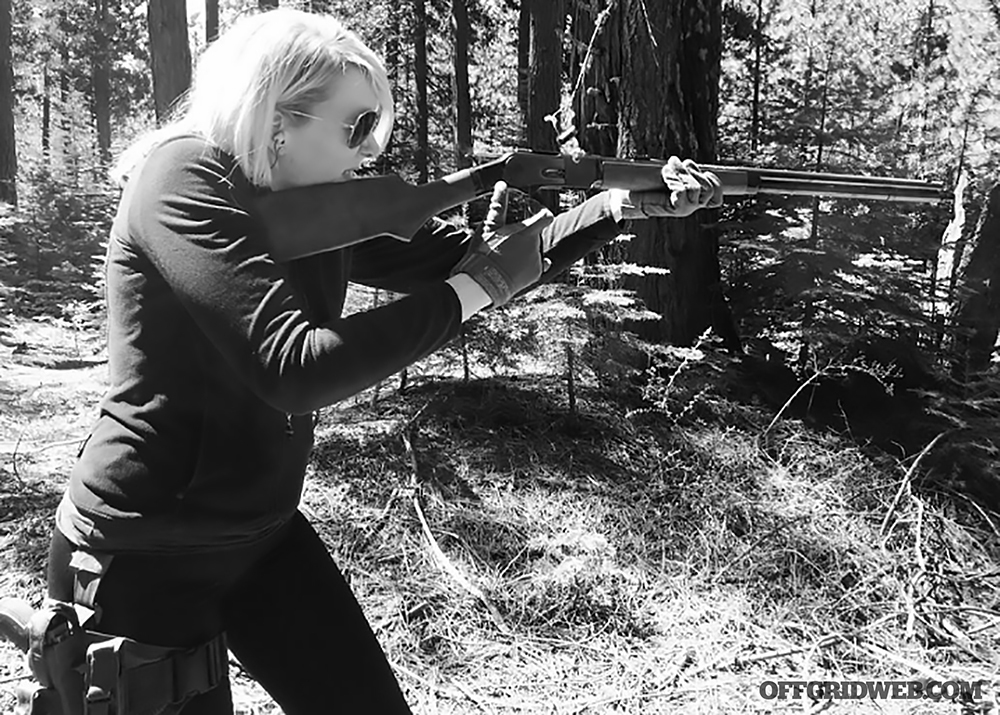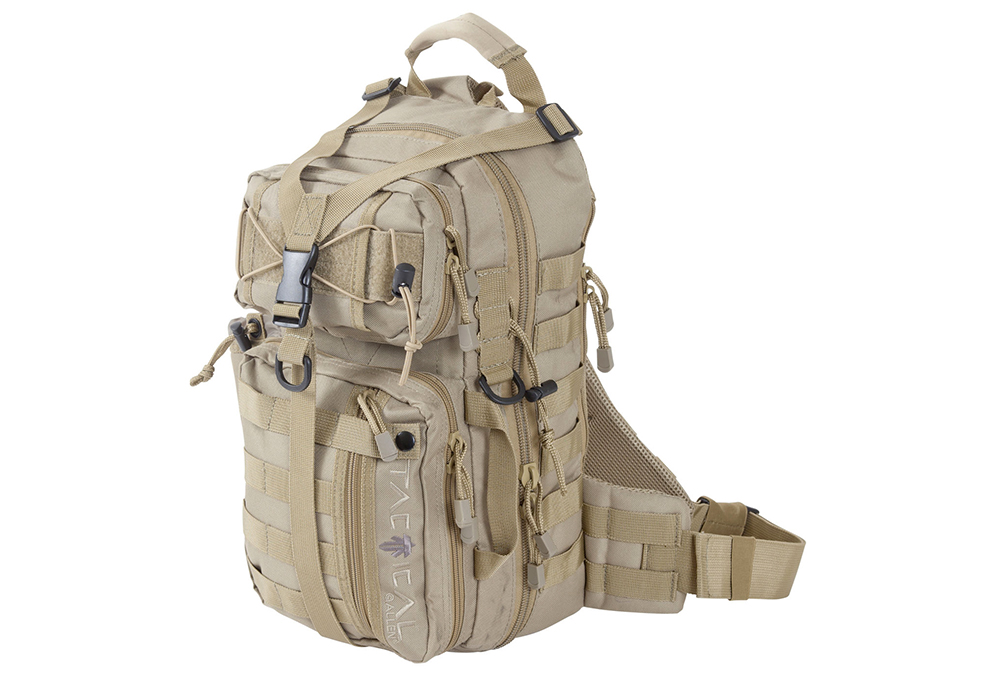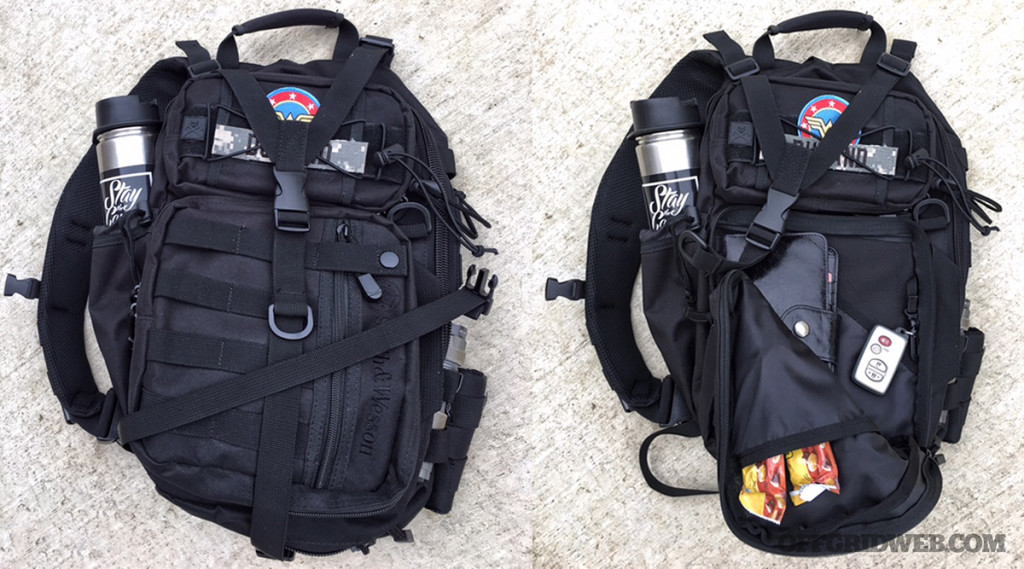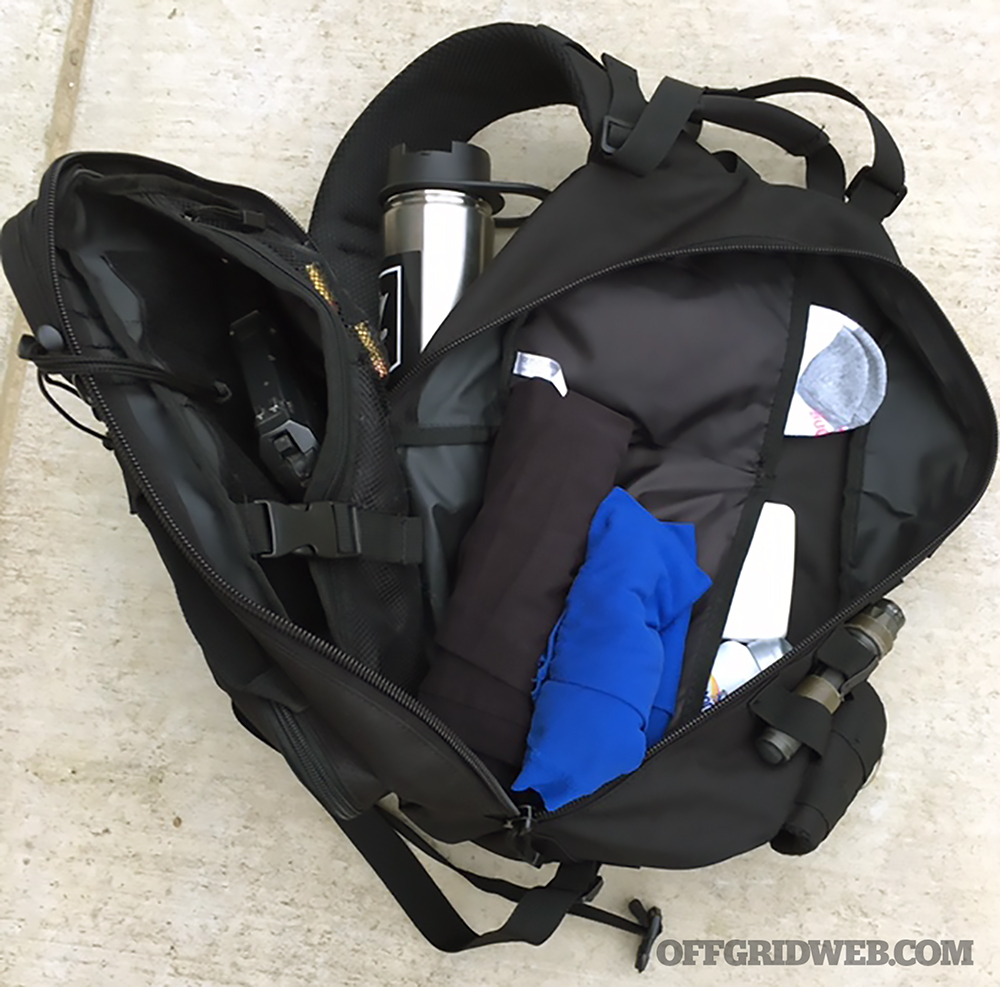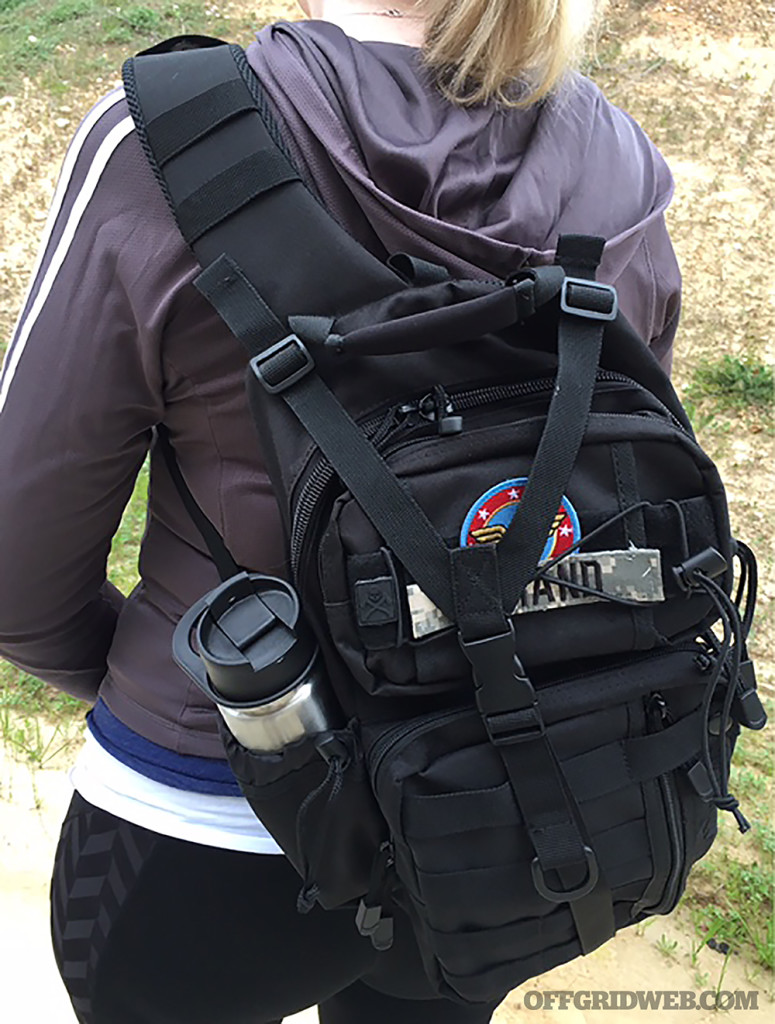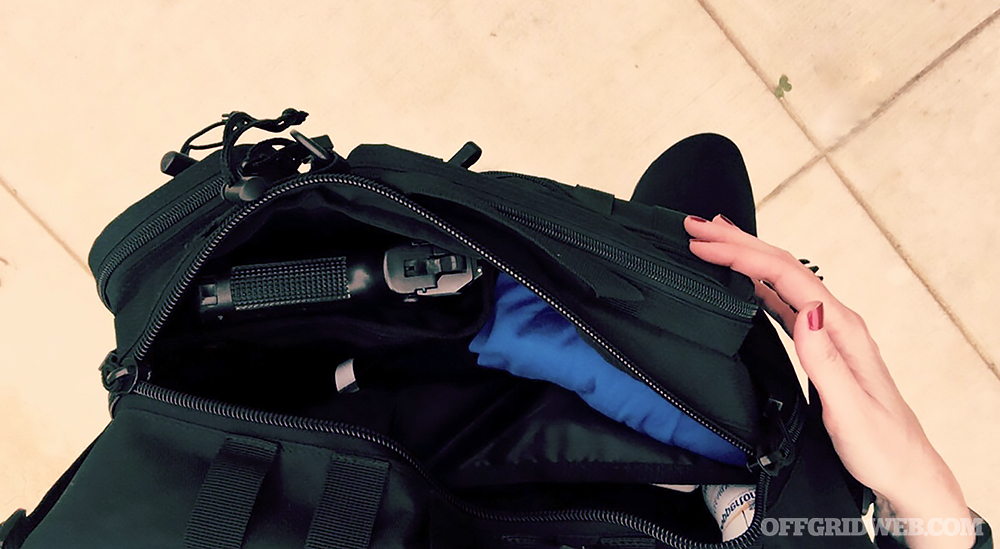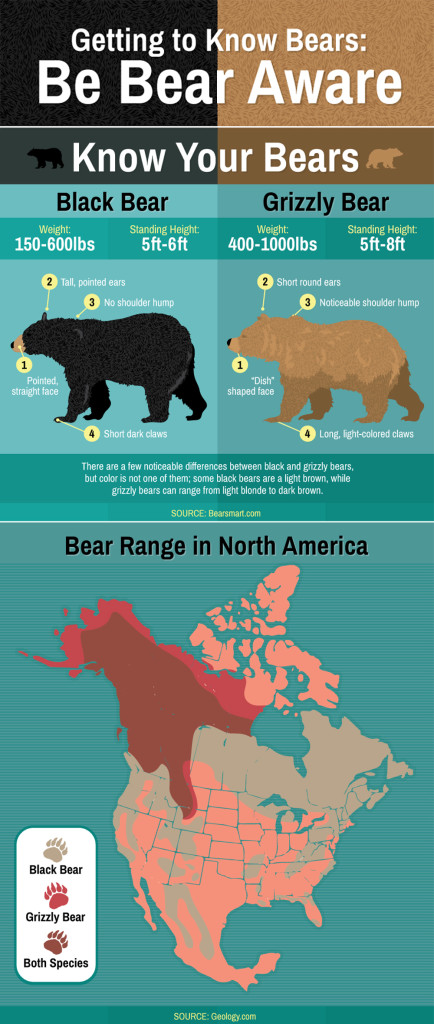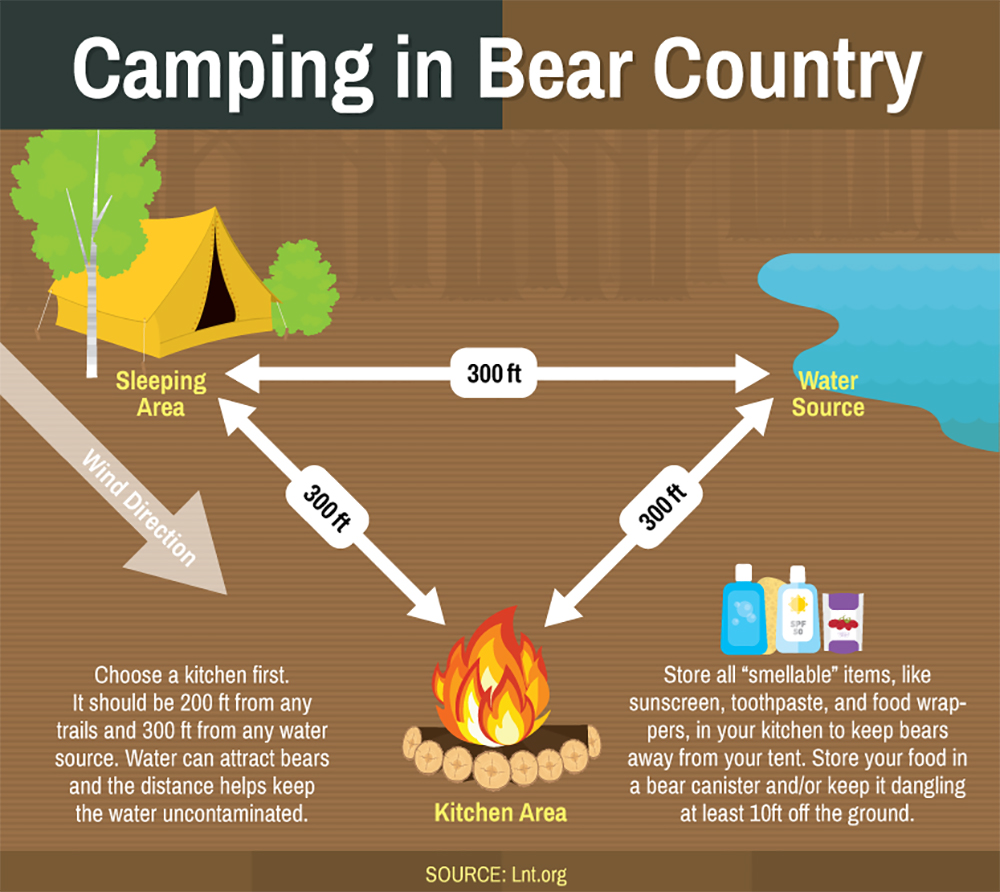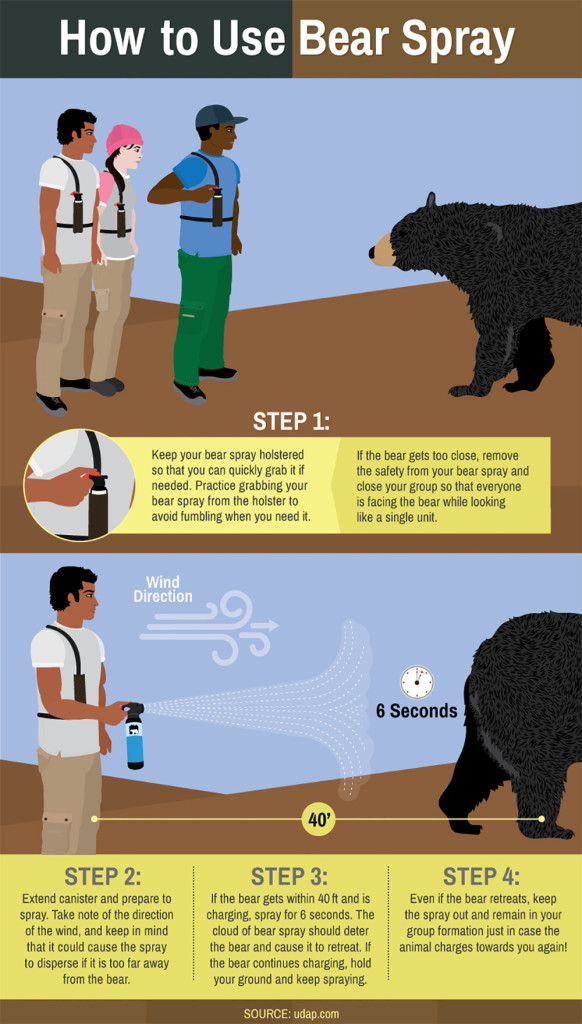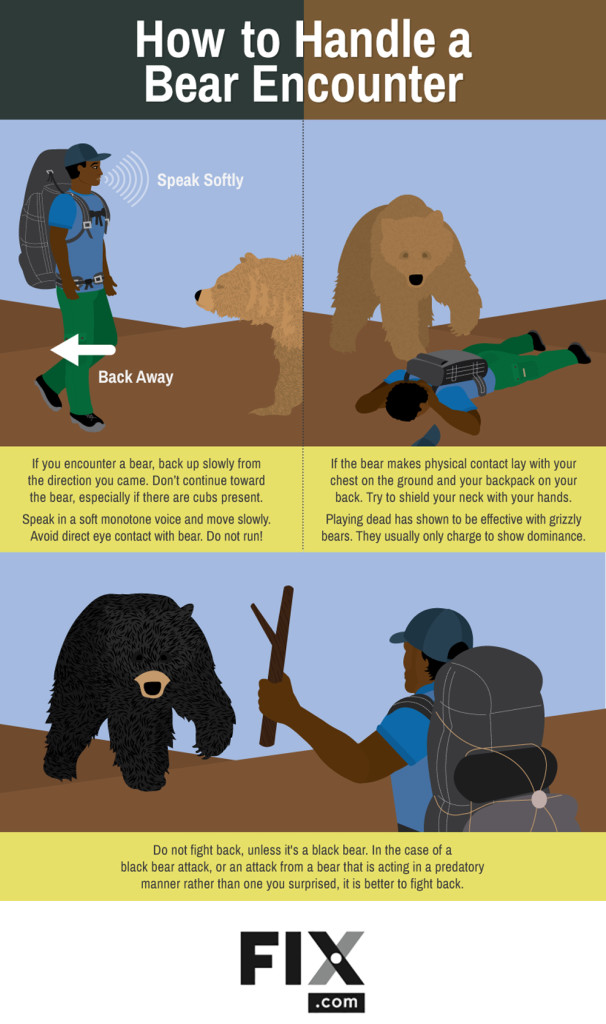In This Article
We have begun seeing more terrorist attacks perpetrated across the world, many of which take the form of explosives. From 2013’s Boston Marathon tragedy to this past summer’s assault on Istanbul Atatürk Airport in Turkey, a lingering fear many have about these incidents is that they could eventually take the form of a dirty bomb.
Just the name alone makes most people think that such an attack would turn a city into Chernobyl. Is there any validity to that sort of fear or are these devices more “weapons of mass disruption?” We went to the experts to separate security fact from science fiction.
Engineering
First, it’s important to understand the mechanics of such a device and how it differs from military-grade nuclear weapons, such as an atom bomb or intercontinental ballistic missile. These require a nuclear reaction to detonate. Just having radioactive material encased in a bomb doesn’t mean the epicenter and surrounding area will be leveled by a mushroom-cloud-type explosion.
The “good news” (if you could call it that) is that a dirty bomb requires very sophisticated materials, an activation sequence, and knowledge of nuclear physics that aren’t within the realm of most terrorist groups’ capabilities. The bomb would need to be large and could not fit in something the size of a briefcase.
Plus, the fragile nature of the device and amount of radiation it would emit makes discreet transportation even more complicated and potentially lethal for its couriers.
How Are They Built?
You might be wondering if we’re about to get into Anarchist Cookbook territory, but this information is more about the what than the how.
Low-grade radioactive materials — such as cobalt used in the medical industry — could potentially be used to construct a dirty bomb. One would have to accumulate a lot of these materials for their effects to be detrimental, so most injuries and fatalities would be caused by the explosion itself and not the radioactive debris released.
“There’s not much physics associated with a dirty bomb. It’s just a radioactive source of some kind that is dispersed with conventional explosives,” says Joel Cehn, a certified health physicist with the Health Physics Society. “The source might be radioactive iridium that is used in industrial radiography; it might be radioactive cesium that is used to sterilize items (and other uses). They are generally encapsulated in stainless steel to keep them from spilling. But they can be dispersed if blown up.”
After Effects
Because these materials would not cause a nuclear reaction when detonated, the affected area is much more contained. The contamination radius would depend on the amount of radioactive material and explosives used, as well as strength and direction of prevailing winds, but would likely not go beyond several city blocks. The Department of Health and Human Services (HHS) and the Centers for Disease Control and Prevention (CDC) both assert that the likelihood of contamination that requires immediate medical treatment would be localized to those close to the blast.
This also has a few caveats, however. Radioactive particles released could not only attach themselves to nearby structures and people, but possibly be carried away by wind and contaminate nearby open water bodies, food, or potentially be inhaled. It all depends on the size of the device.
Those concerned about possible radiation poisoning would need to be cognizant of related symptoms.

How Should You React?
If you were in the immediate vicinity of the blast but uninjured and the site is later determined to be radioactive, seek medical evaluation. Though, the Nuclear Regulatory Commission (NRC), the CDC, and the HHS all say that becoming sick from radiation is unlikely.
Others concerned about blast implications essentially have two choices: find shelter or leave the area. How will you know which is the better option? Listen to emergency broadcast reports and pay attention to where you are in relation to the blast. Is the wind blowing contaminants toward or away from you? It may take several days for authorities to understand the full implication of the blast and what kind of radiation was emitted.
Hunker Down: If you’re near a dirty bomb detonation, the CDC recommends you get inside, stay inside, and stay tuned for at least 24 hours. Turn off any outside ventilation. Close any windows, doors, and fireplace flues to limit exposure to dust or smoke plumes. Listen to reliable news sources as further developments are released.
Clothing can be removed by starting at the top of your head and rolling the clothing off you down to your feet. Roll them in a way you don’t re-expose yourself and store them in a sealed plastic garbage bag or container away from everyone. They may need to be examined later to determine exposure levels. Wash yourself in a cold shower to keep your pores from opening up. Gently shaving off any hair will also reduce any risk of particles remaining adhered to your skin.
Bug Out: If you’re not in the direction of prevailing winds but are worried about secondary explosions and want to minimize your exposure, the better course of action would be to get out of the area as quickly as possible.
“Time, distance, and shielding is key with respect to radiation exposure,” says Ron Johansen, a hazmat specialist for the Alameda County Fire Department and fire science technology instructor at Las Positas College. “Get upwind, uphill, and upstream. Radiation sickness is not contagious. You can carry particles, but not spread the health effects.”
Contamination
When talking about radiation contamination, the dose is the amount absorbed by the body at any one time.
“Think of radiation as a light bulb. When you have one that’s energized, it shines all the light off the blub,” says Shawn Smith, a non-destructive inspector and inventor for Boeing. “The particle itself doesn’t do anything, but you have all that light (radiation) that comes off the particle.” Getting away from the proverbial light source will help reduce the dose and dose rate, since some forms of radiation, such as gamma rays, can penetrate walls if levels are high enough.
There is a difference between radiation exposure and contamination. You can be exposed to radiation by getting an X-ray at the doctor, but that doesn’t mean you’ll suffer from contamination, as it’s a very low dose under controlled conditions. Certain types of radiation can penetrate the body, but contamination only occurs if particles become attached to someone’s clothing or hair, are ingested, or penetrate an open wound.
Conclusion
The history on dirty bombs has yet to be written since there are no known instances of their use. However, numerous reports have emerged in recent years of radioactive materials being stolen, some with success, while others were either intercepted by authorities or had fatal consequences to their smugglers.
We can certainly expect terrorists to actively continue searching for any weapons that further their cause, demoralize the public, and interrupt economic stability.
“It’s generally believed that a dirty bomb will cause mostly panic, and few, if any, serious radiation exposures,” Cehn says. “The radioactivity would be diluted in the explosion.”
It’s sage wisdom to prepare for nuclear-related incidents, both accidental and deliberate. Dirty bombs — despite related fear mongering — should not be a cause for a national emergency though. That’s exactly the domino effect of confusion that perpetrators are looking to achieve. Remain conscientious, prepared, and vigilant, but arm yourself with the knowledge that will prevent you from falling victim to an attack that is more psychological than anything else.
—
Further Reading:
Medication
After the plant meltdown in Fukushima, Japan, the use of chemicals such as potassium iodide (KI) began getting media buzz. KI, Neupogen, Prussian blue, Diethylenetriamine pentaacetate, and other countermeasures may be administered after a nuclear incident where contamination is a concern. You should only take these chemicals at the advice of a medical professional or emergency management personnel, as there are side effects associated with all of them. It’s always recommended to stay in good health, remain hydrated, and practice good nutrition. These things all play a factor on how radiation affects you. Learn more at http://emergency.cdc.gov/radiation/countermeasures.asp
Supplies
People wonder if they should stock up on gas masks and Geiger counters in preparation for a radiological event. Geiger counters typically take a working knowledge of radiation measurements to know how to use them and aren’t practical for the average person. Items such as gas masks may provide some level of protection as well, but are not foolproof.
Radiation dosimeters or radiation-detecting watches act as monitors for radiation levels, are relatively inexpensive depending on their capabilities, and geared toward those who have a limited understanding of radiation. “RADstickers” are another form of cheap radiation measurements. The CDC also recommends an emergency radio that has National Oceanic and Atmospheric Administration weather radio capabilities.
More From Issue 16
Don’t miss essential survival insights—sign up for Recoil Offgrid’s free newsletter today.
- Buyer’s Guide: Hoodies
- Take Charge: USB Battery Pack Buyer’s Guide
- Invisible Death: Acute Radiation Syndrome
- Reach New Heights with Climbing Strength Training
- Zubin Axe Review: You Can’t Axe for More
- METT-TC: Survival Plan of Action
- Preppers’ Pocket Dump: 4 Survivalist EDC Loadouts
- What If a Dirty Bomb Goes Off in Your City?
- Can You Survive After a Nuclear War?
- Dirty Bombs
- Patella-Dropping Pugilist: Knee Strikes for Self-Defense
- Waterproof Flashlights – Highlights
- Can Blowguns Work for Survival Situations?
- Survival Lessons Learned from the Nation’s Best Trackers
Read articles from the next issue of Recoil Offgrid: Issue 17
Read articles from the previous issue of Recoil Offgrid: Issue 15
Check out our other publications on the web: Recoil | Gun Digest | Blade | RecoilTV | RECOILtv (YouTube)
Editor’s Note: This article has been modified from its original print version for the web.


